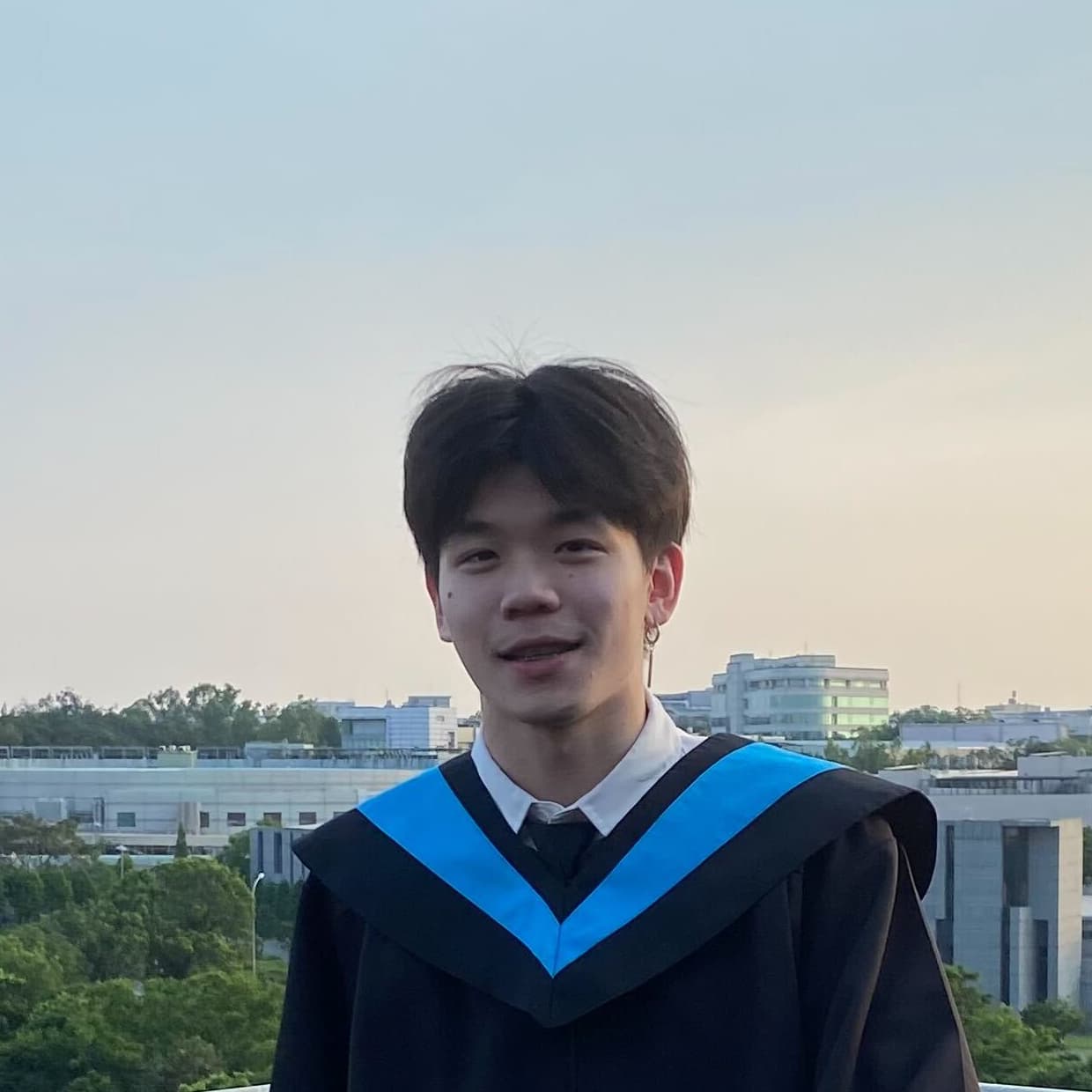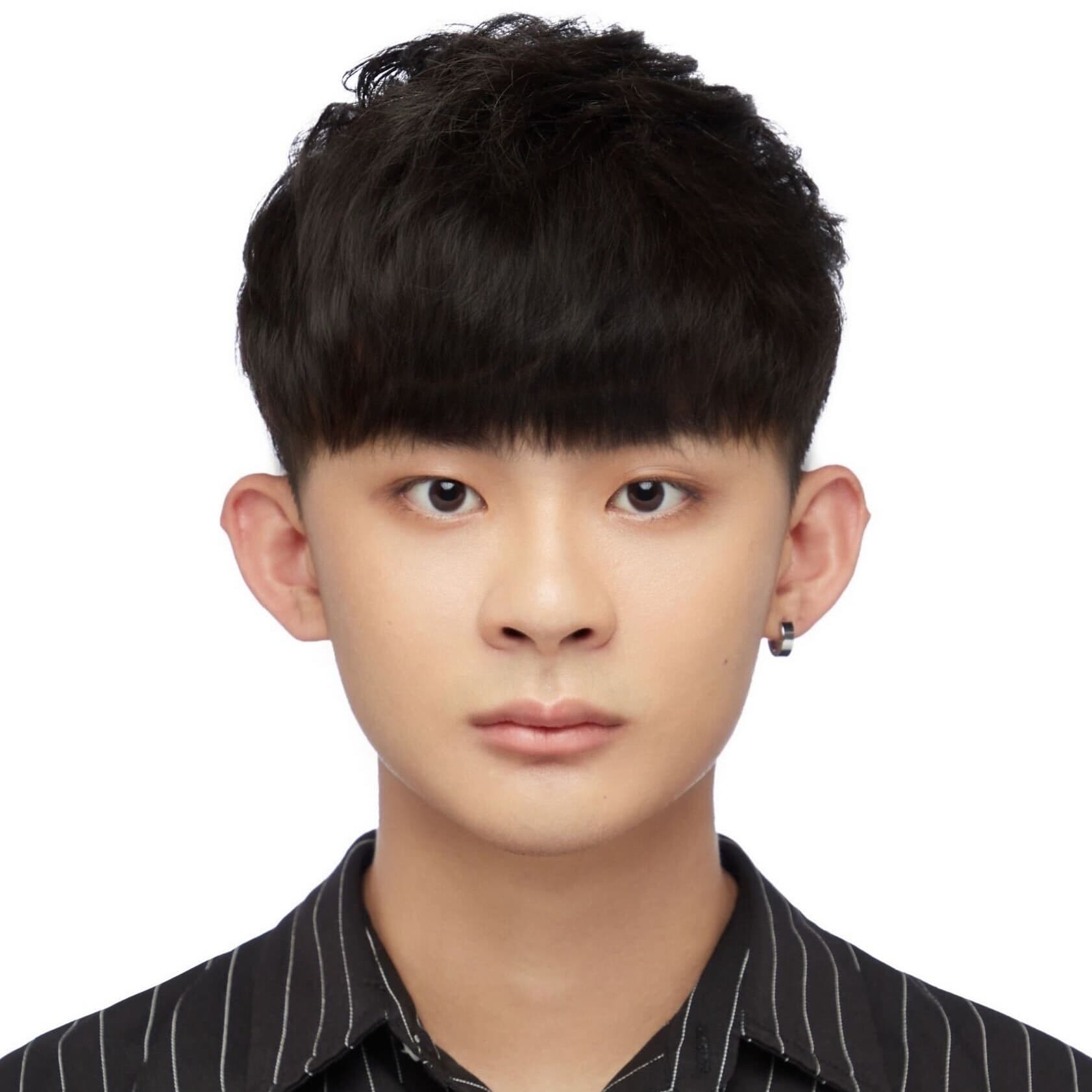|
I am an Assistant Professor in the Department of Computer Science at National Yang Ming Chiao Tung University. I work on image/video processing, computer vision, and computational photography, particularly on essential problems requiring machine learning with insights from geometry and domain-specific knowledge. Prior to joining NYCU, I was a Research Scientist Intern at Meta Reality Labs Research and a senior software engineer at MediaTek Inc. I received my PhD from NTU, CSIE in 2022, where I was a member of CMLab. I am looking for undergraduate / master's / Ph.D. / postdoc students to join my group. If you are interested in working with me and want to conduct research in image processing, computer vision, and machine learning, don't hesitate to contact me directly with your CV and transcripts. Email / CV / Google Scholar / Facebook / Instagram / Github / YouTube |
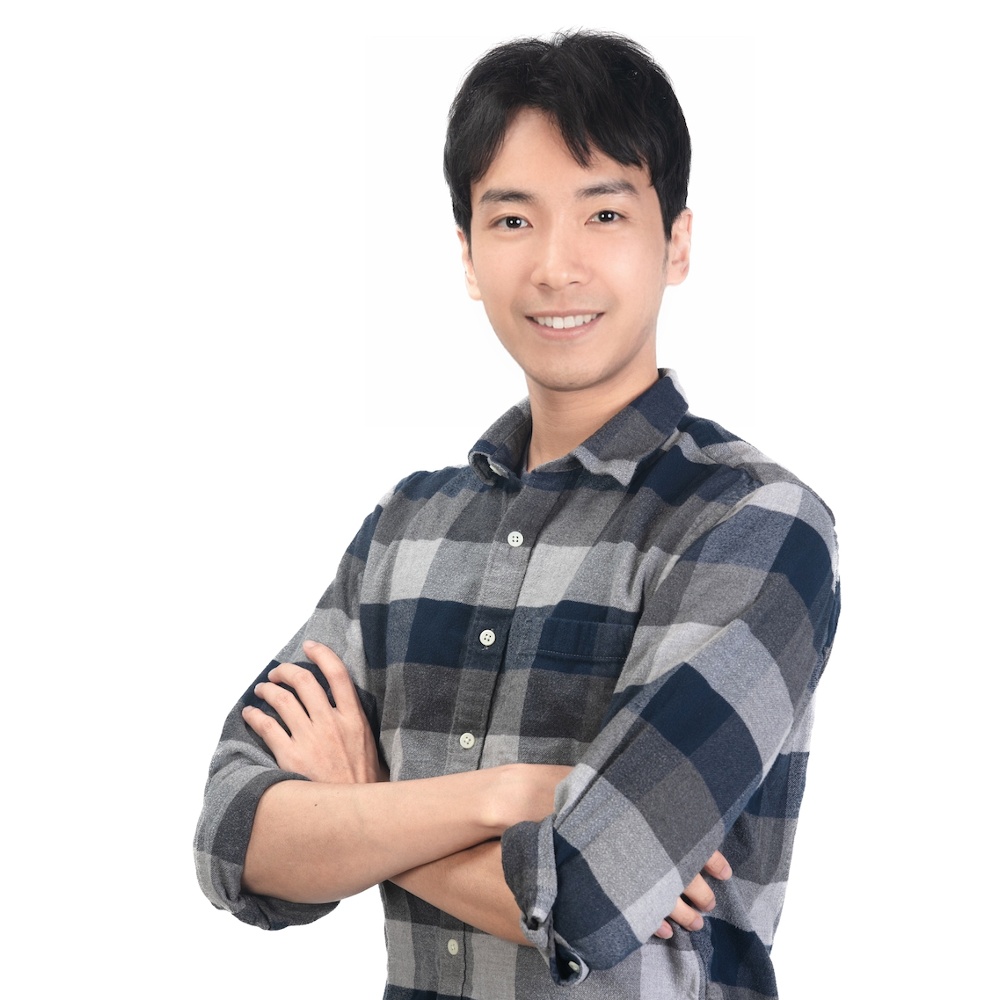 For those who personally know me, that might be thinking: Who is this guy?
For those who personally know me, that might be thinking: Who is this guy? Hover over to see how I usually look like before a paper submission deadline. |
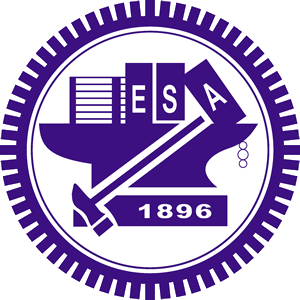
|
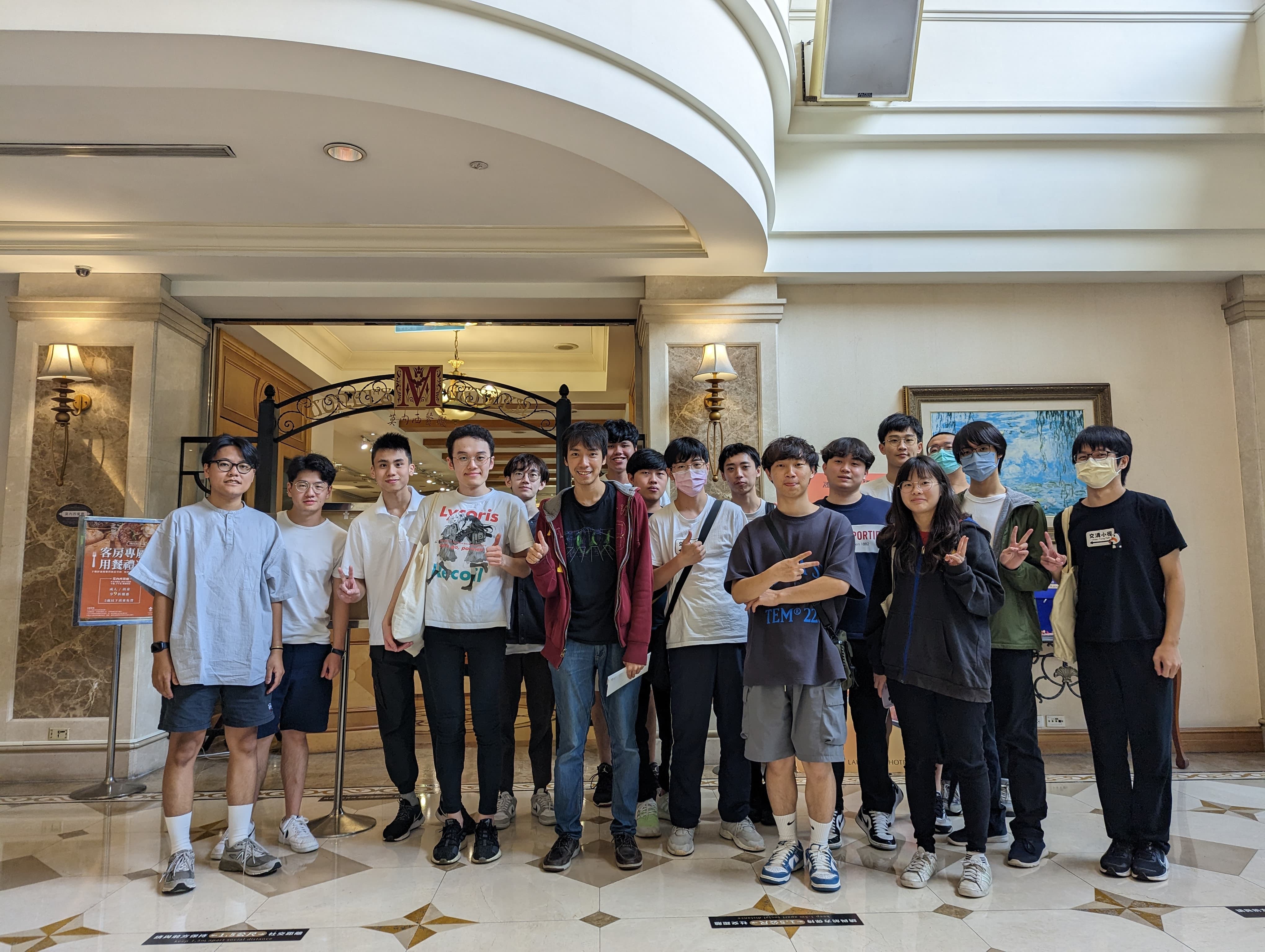
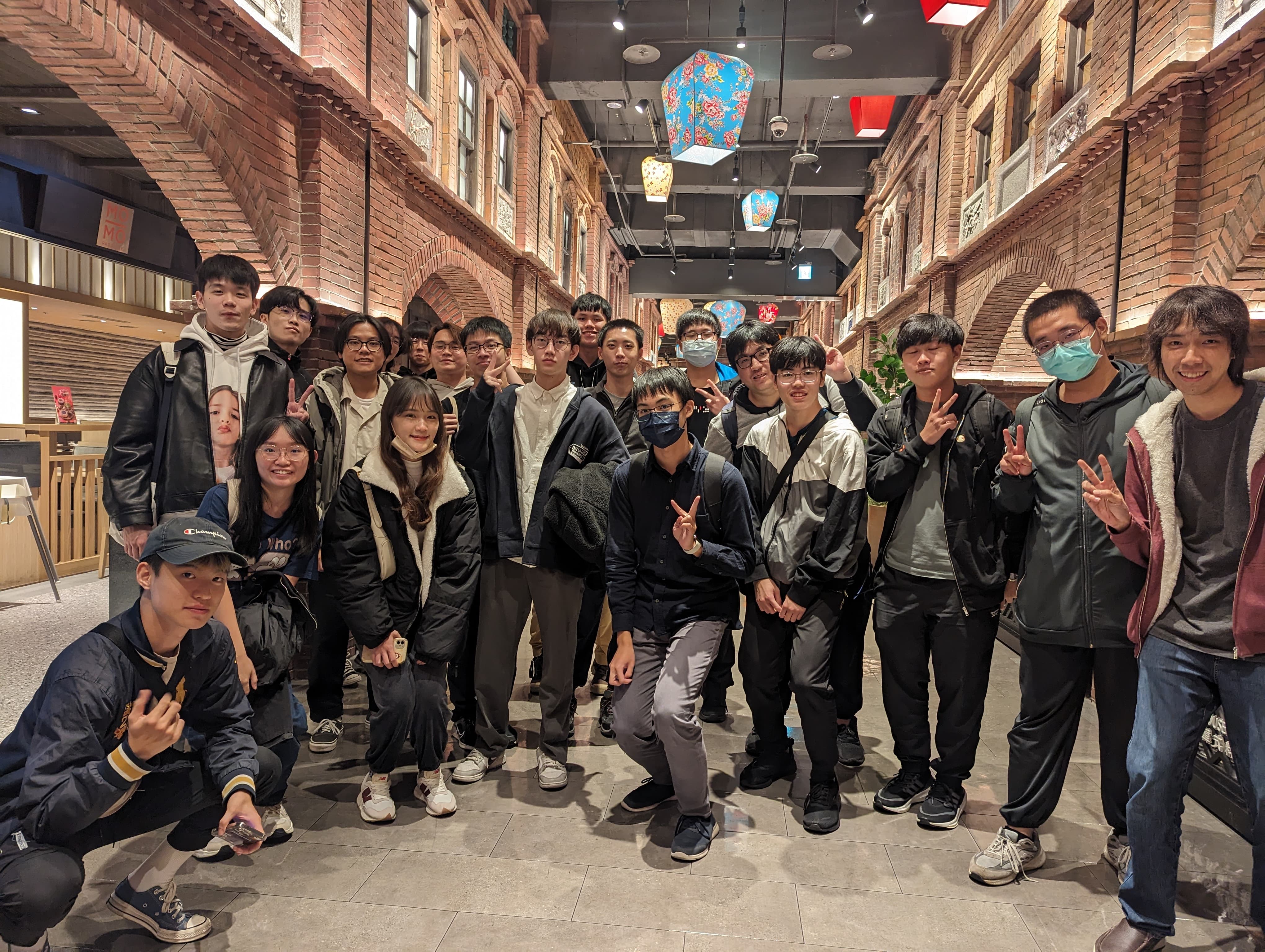


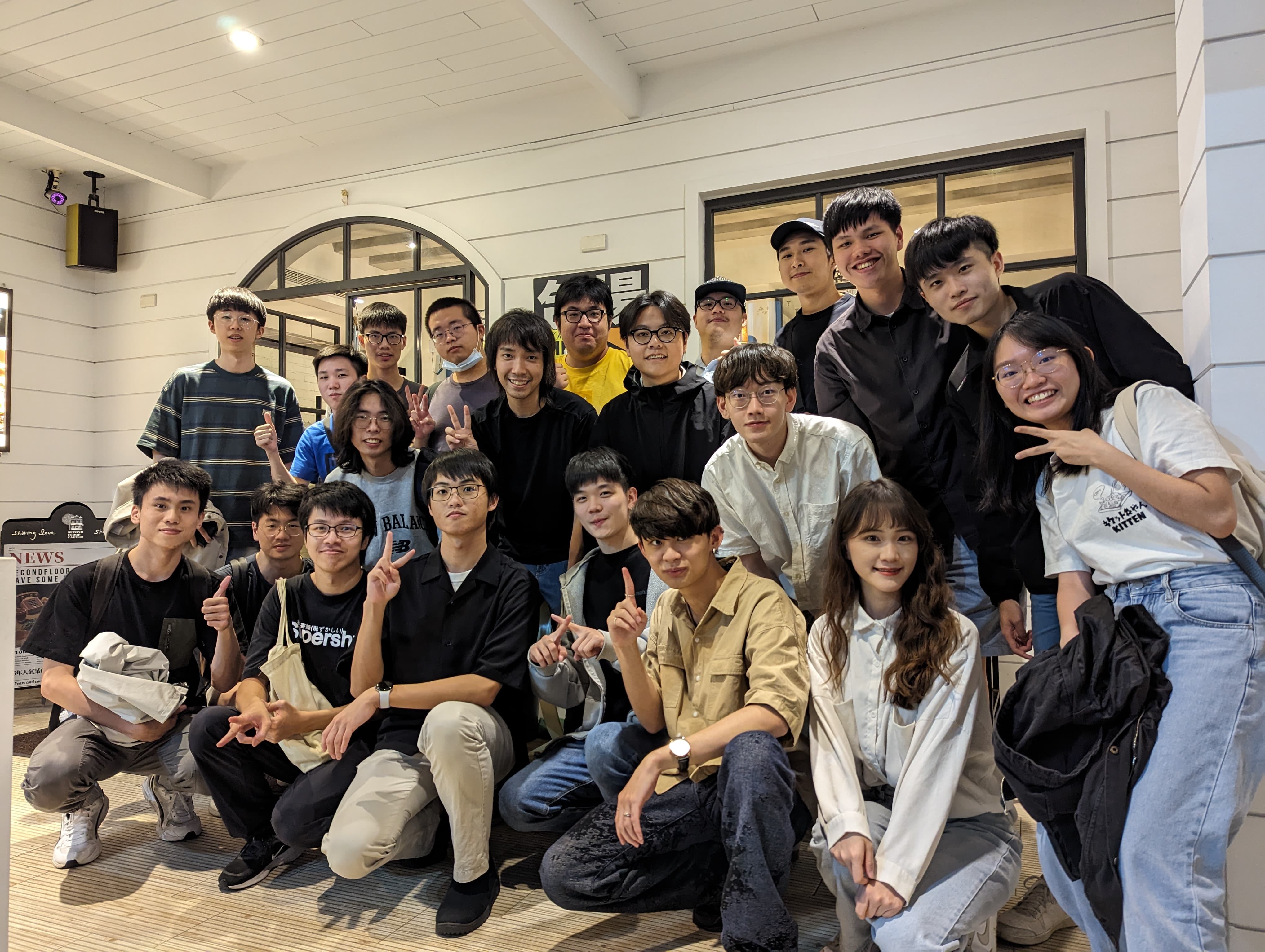
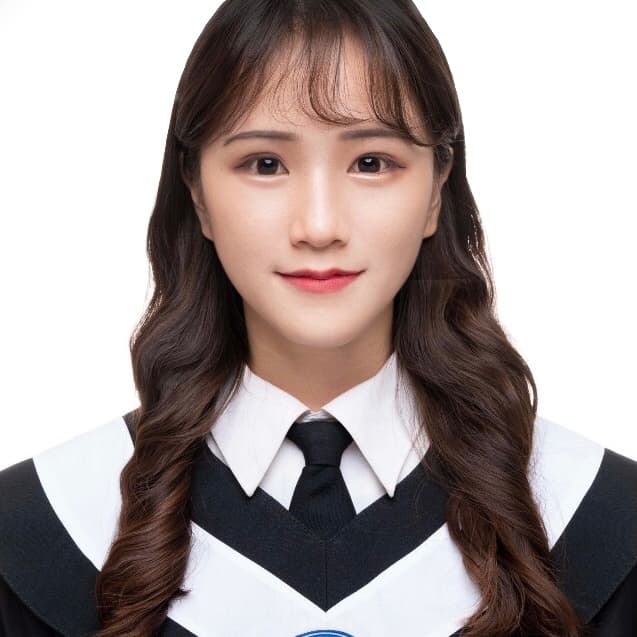
黃怡川 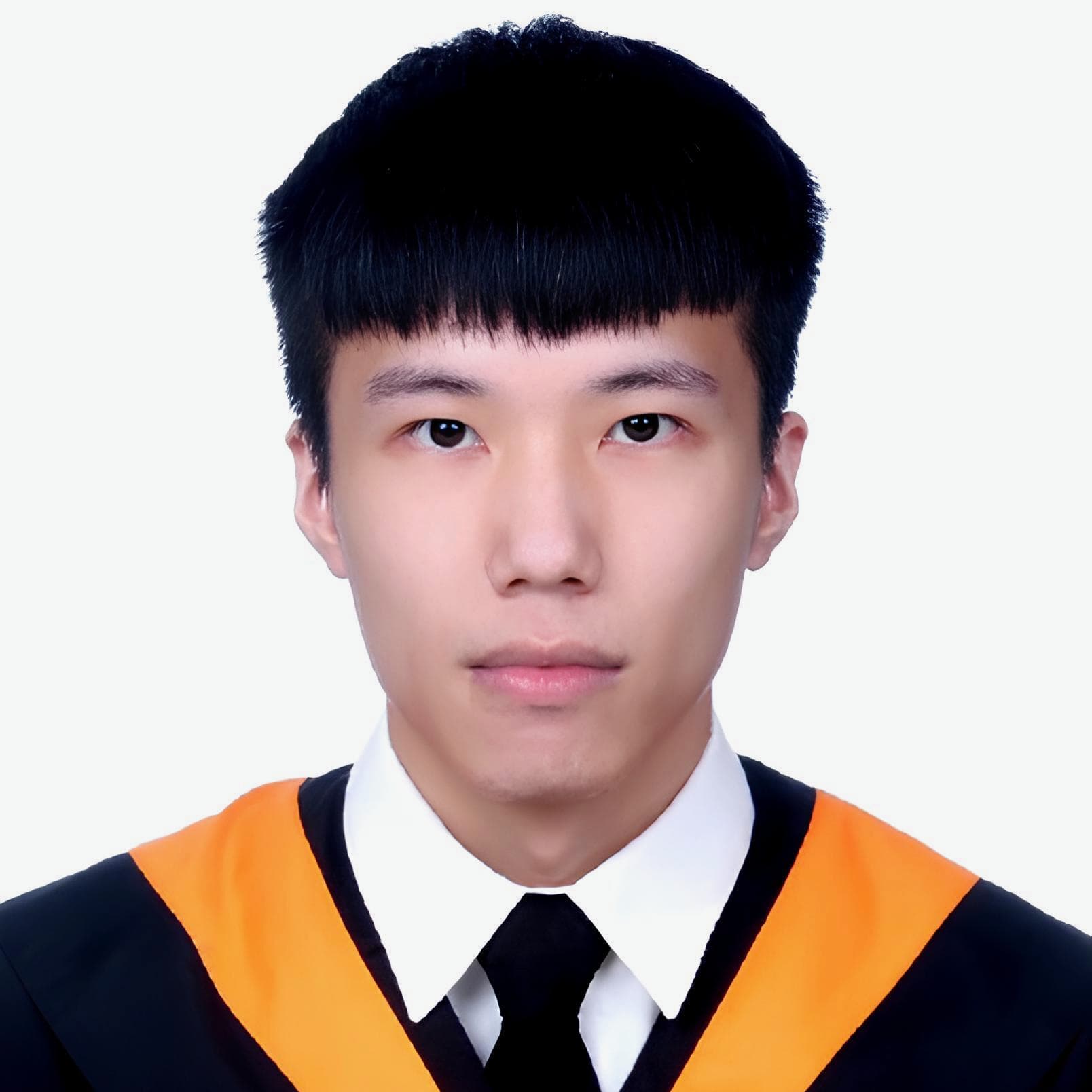
黃正輝 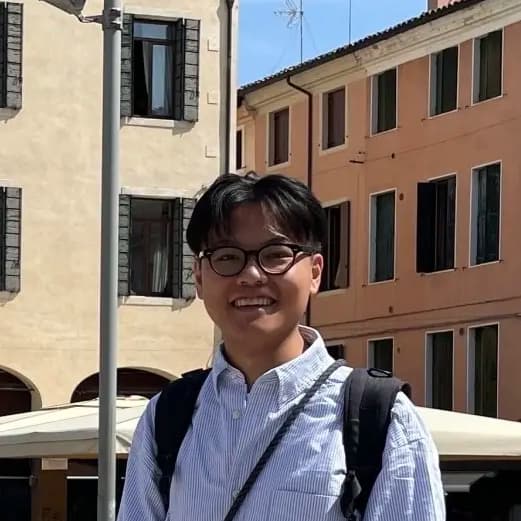
林晉暘 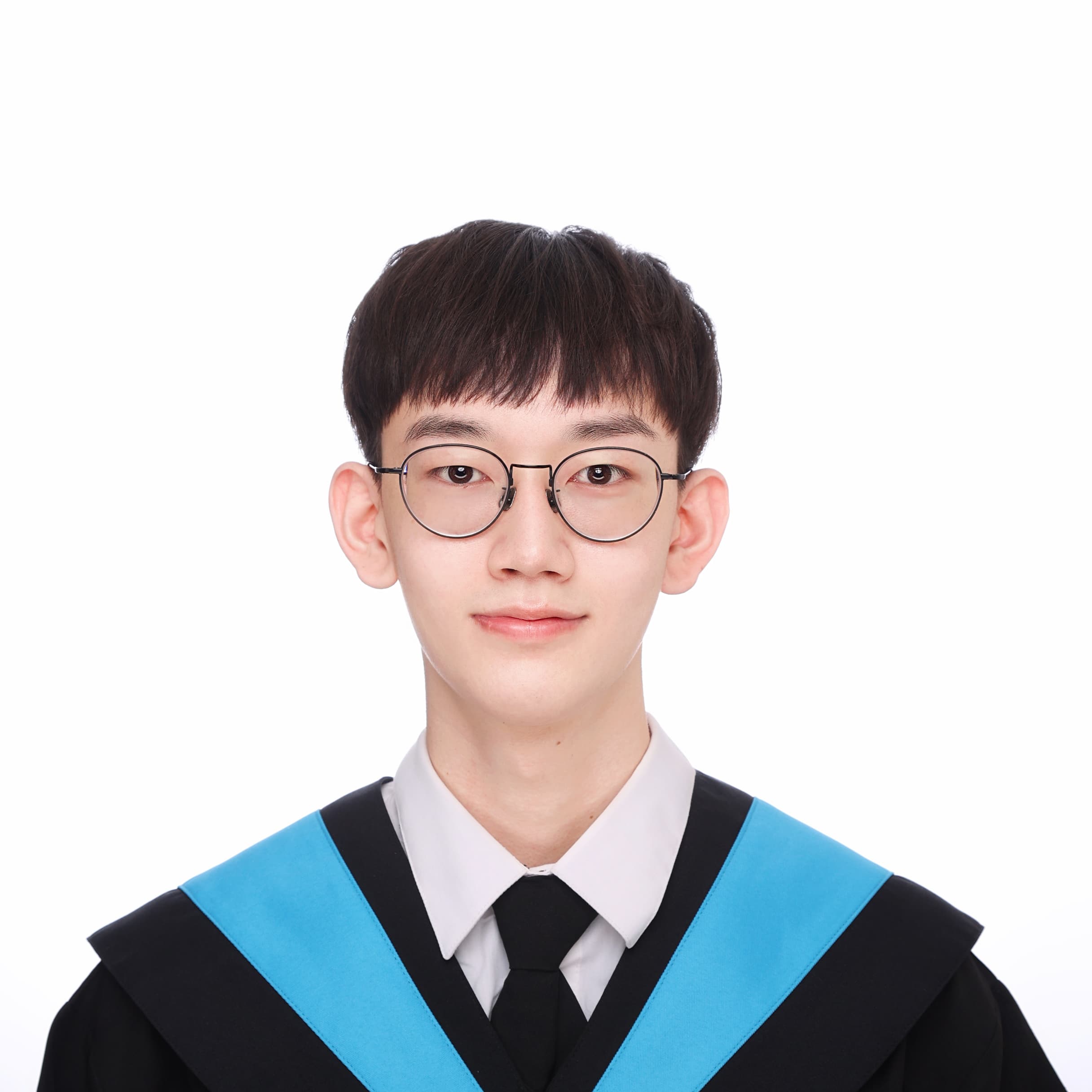
吳中赫 
嚴士函 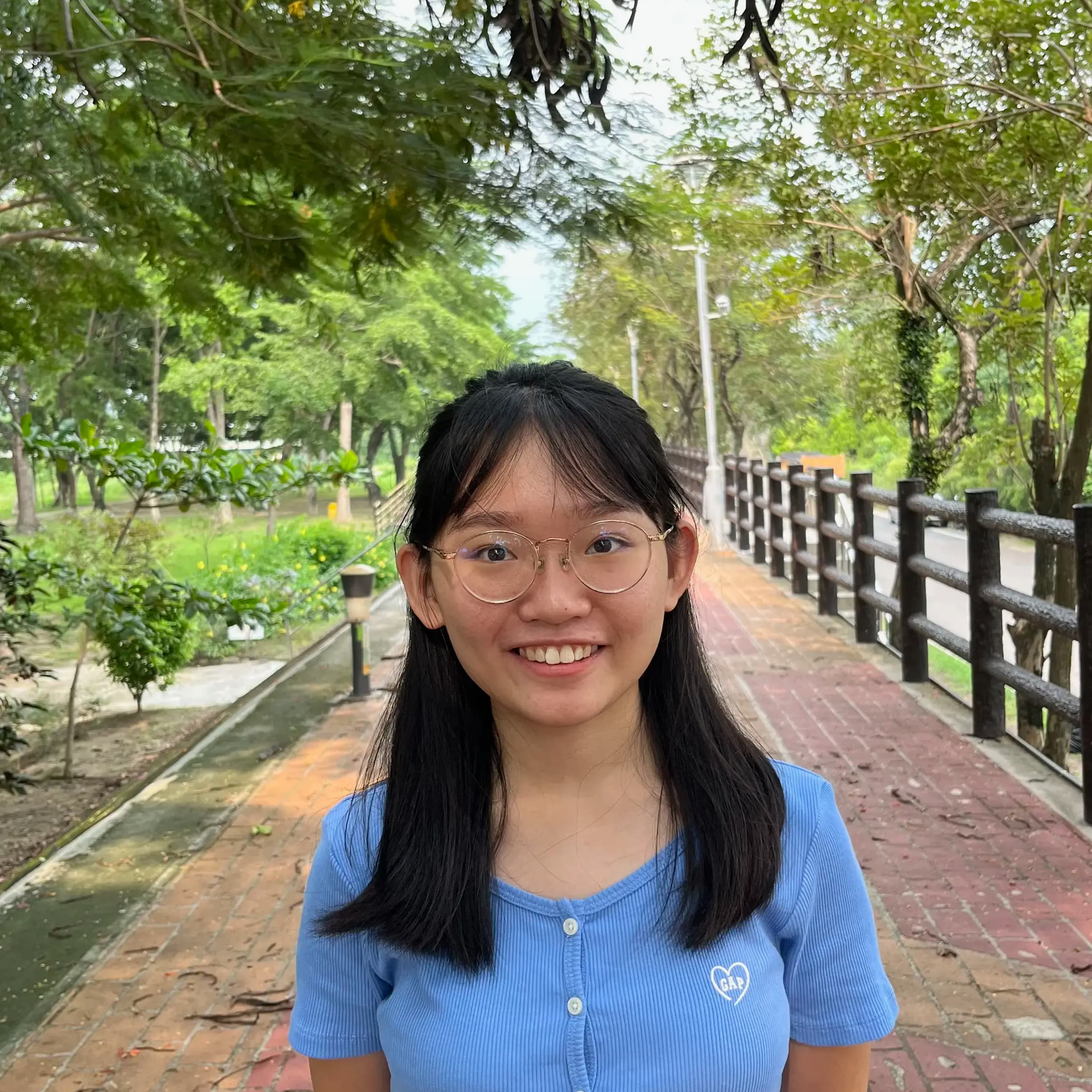
陳捷文 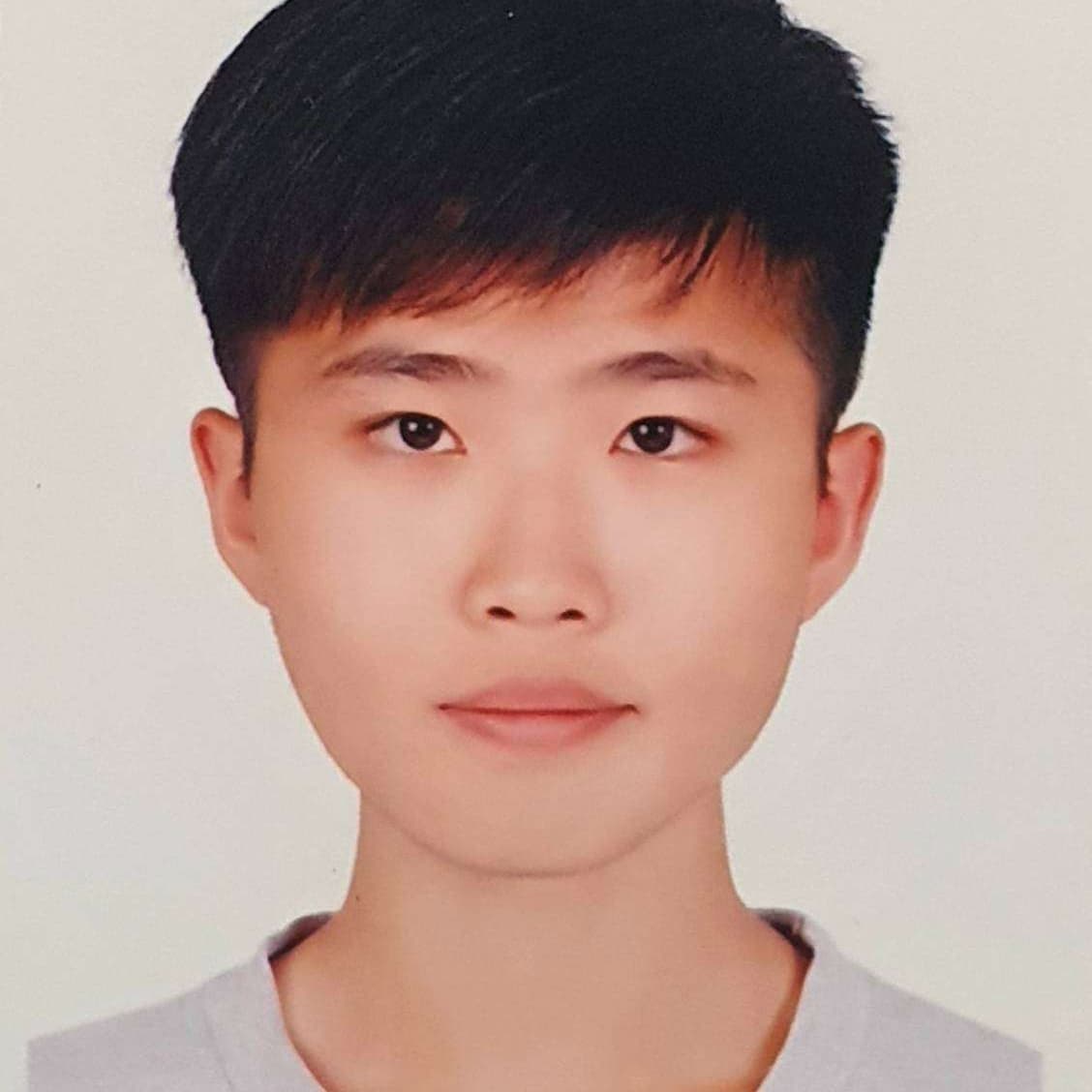
許皓翔 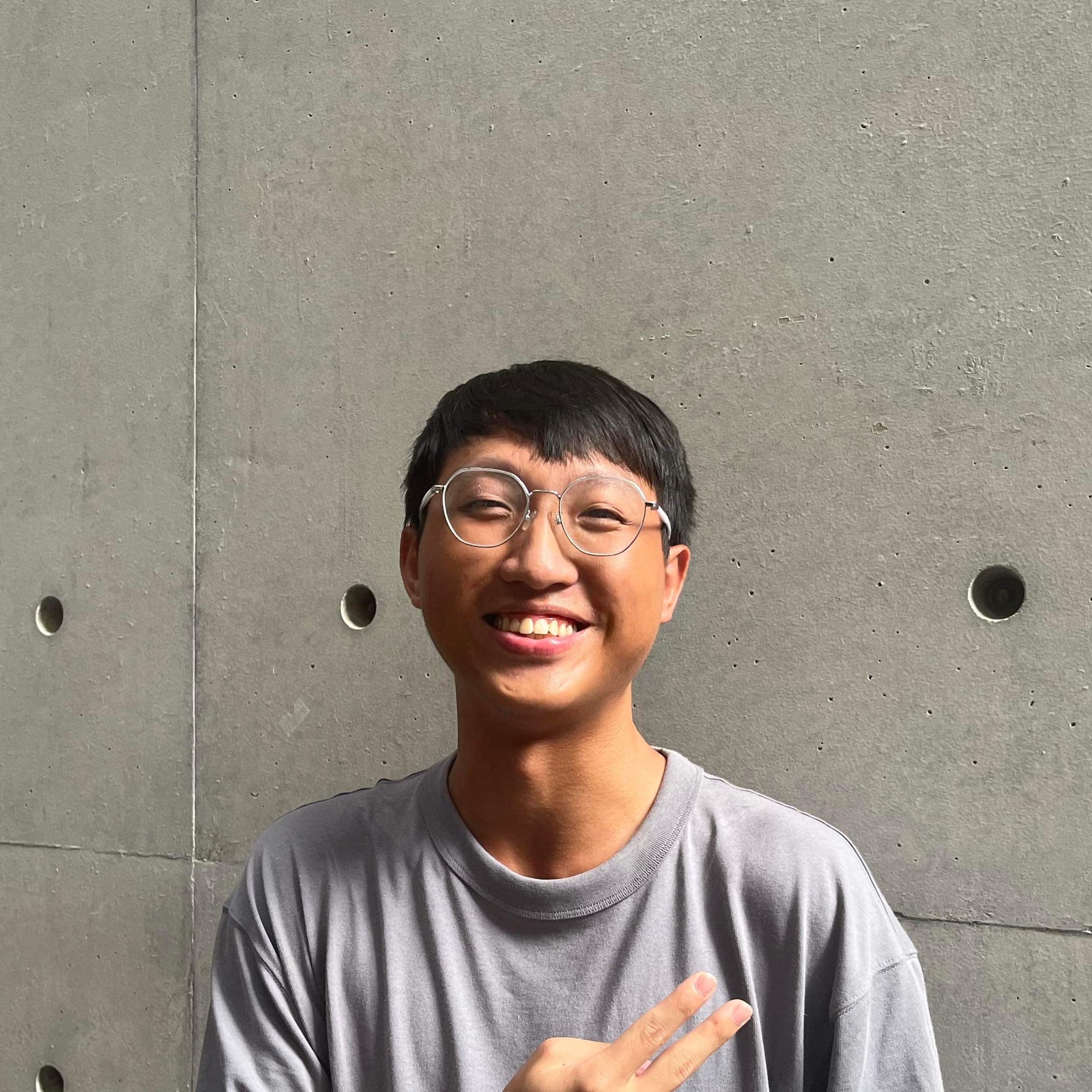
陳映寰 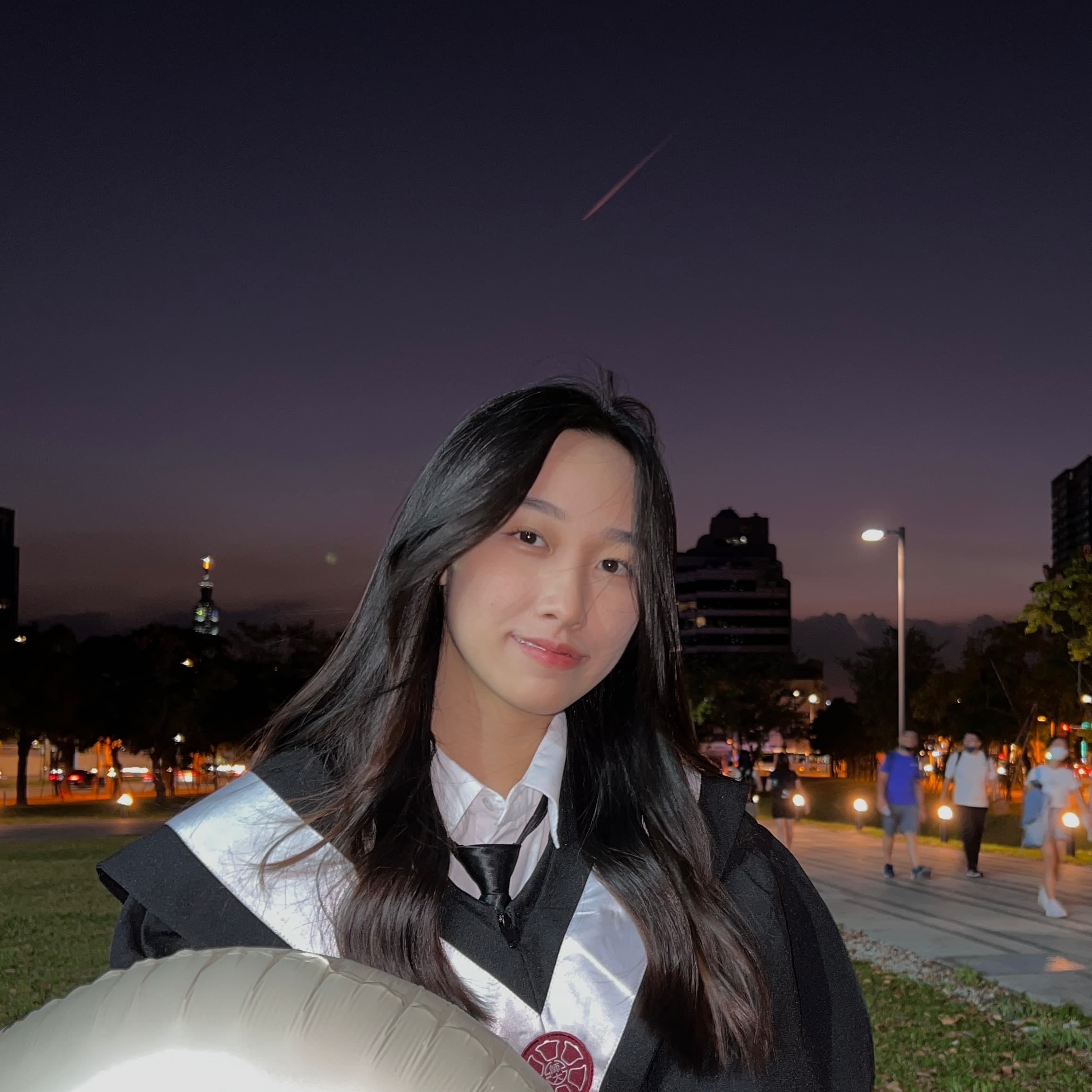
張欀齡 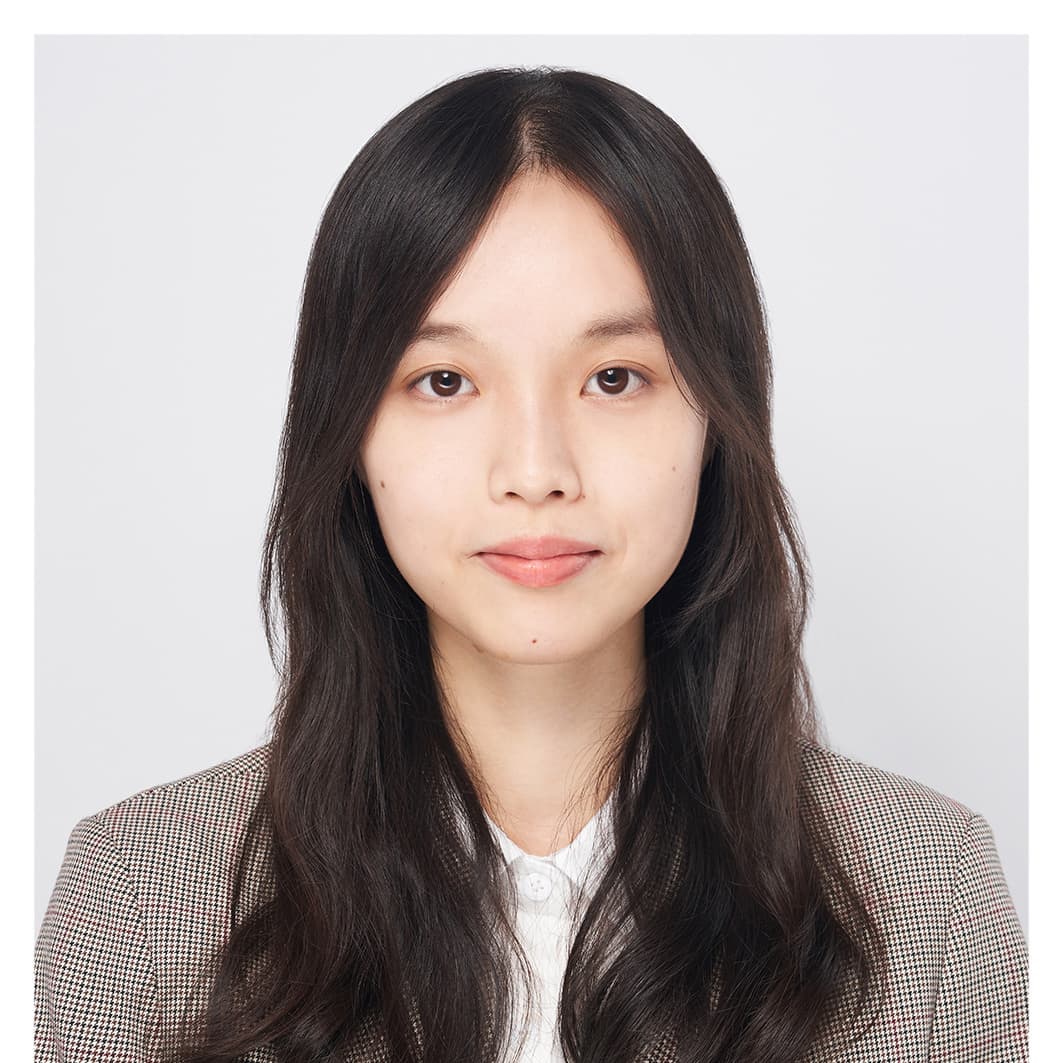
鄭淮薰 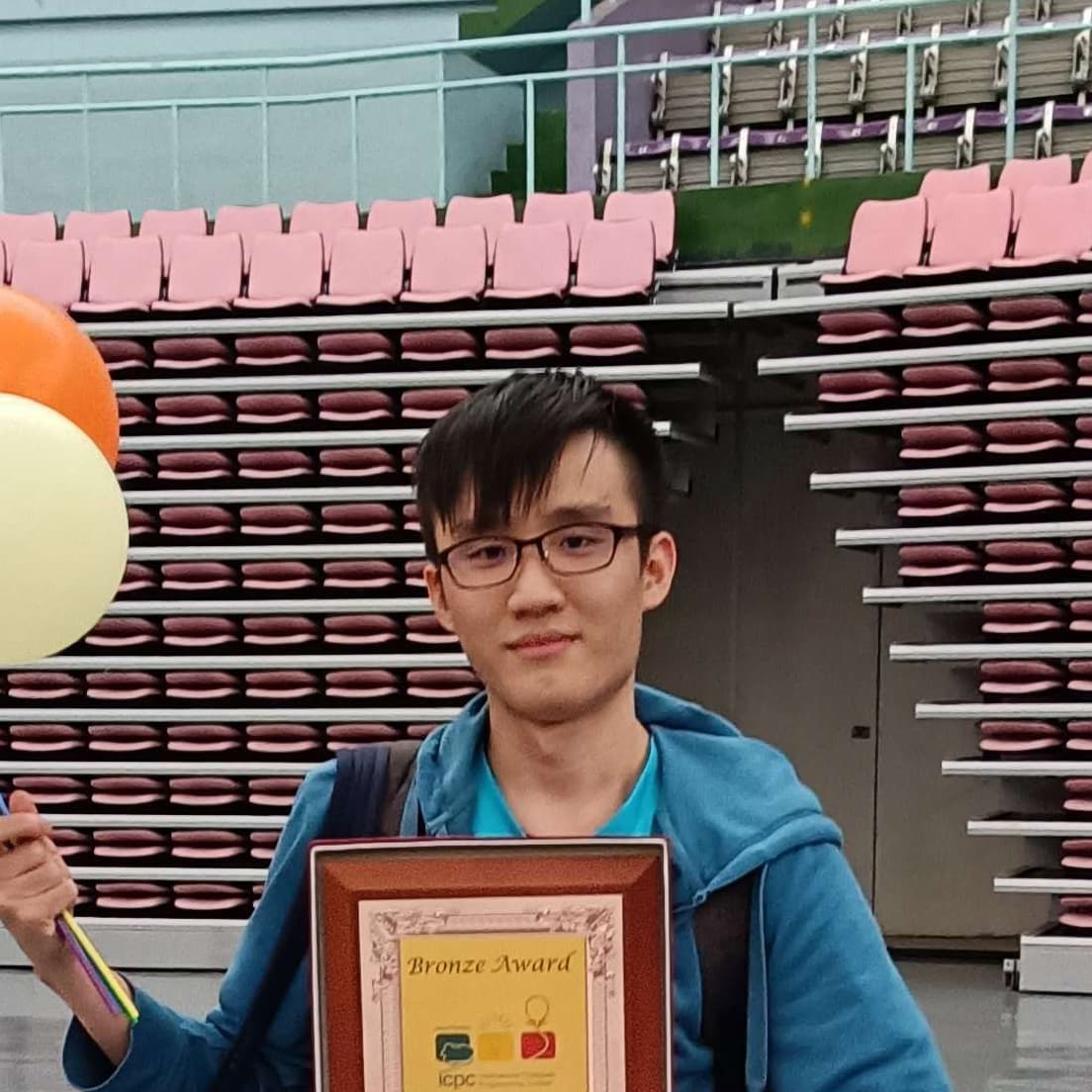
柯柏旭 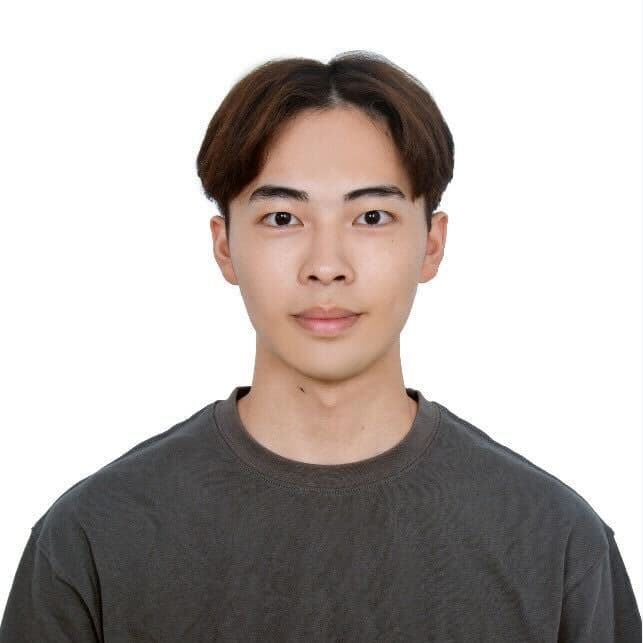
吳秉宸 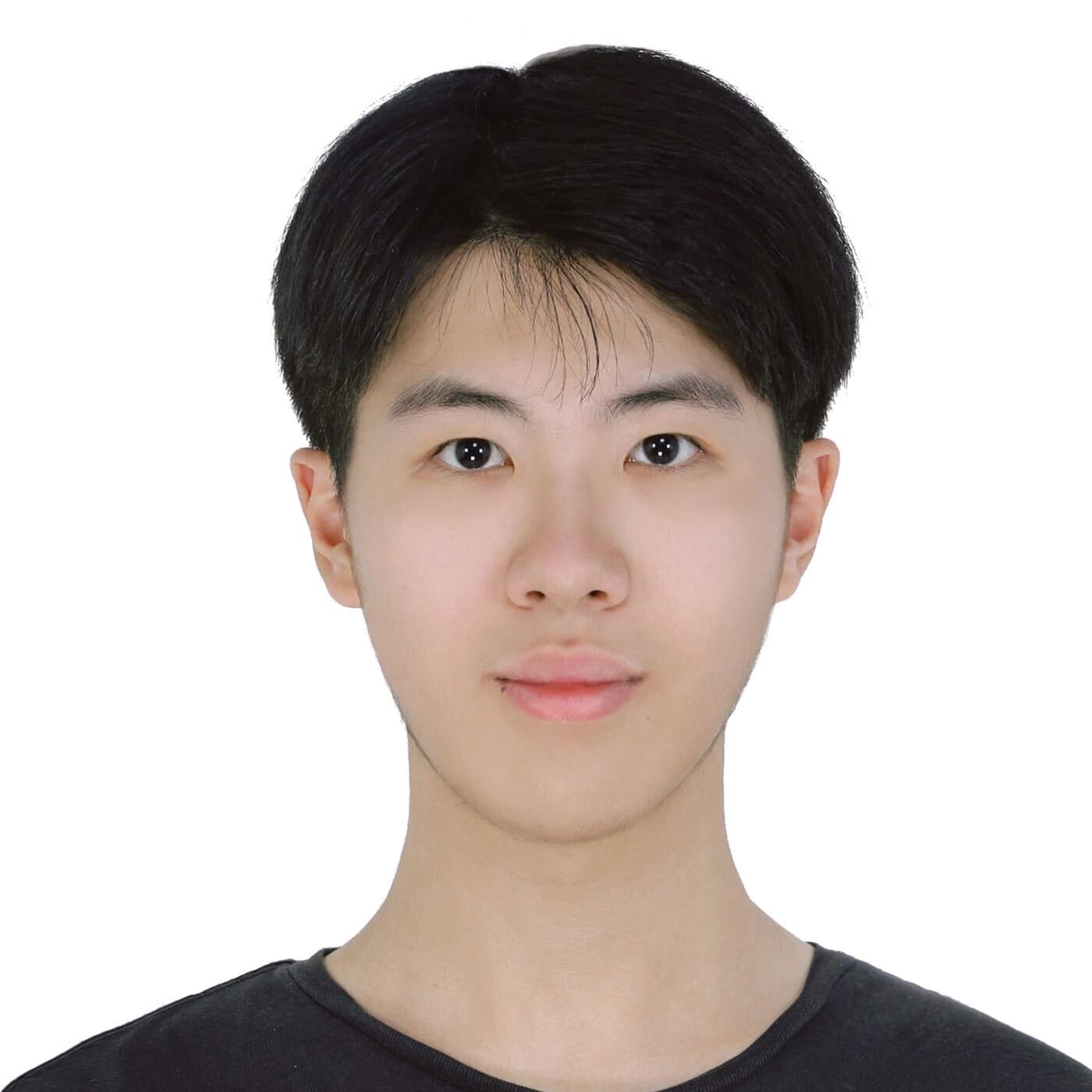
范丞德 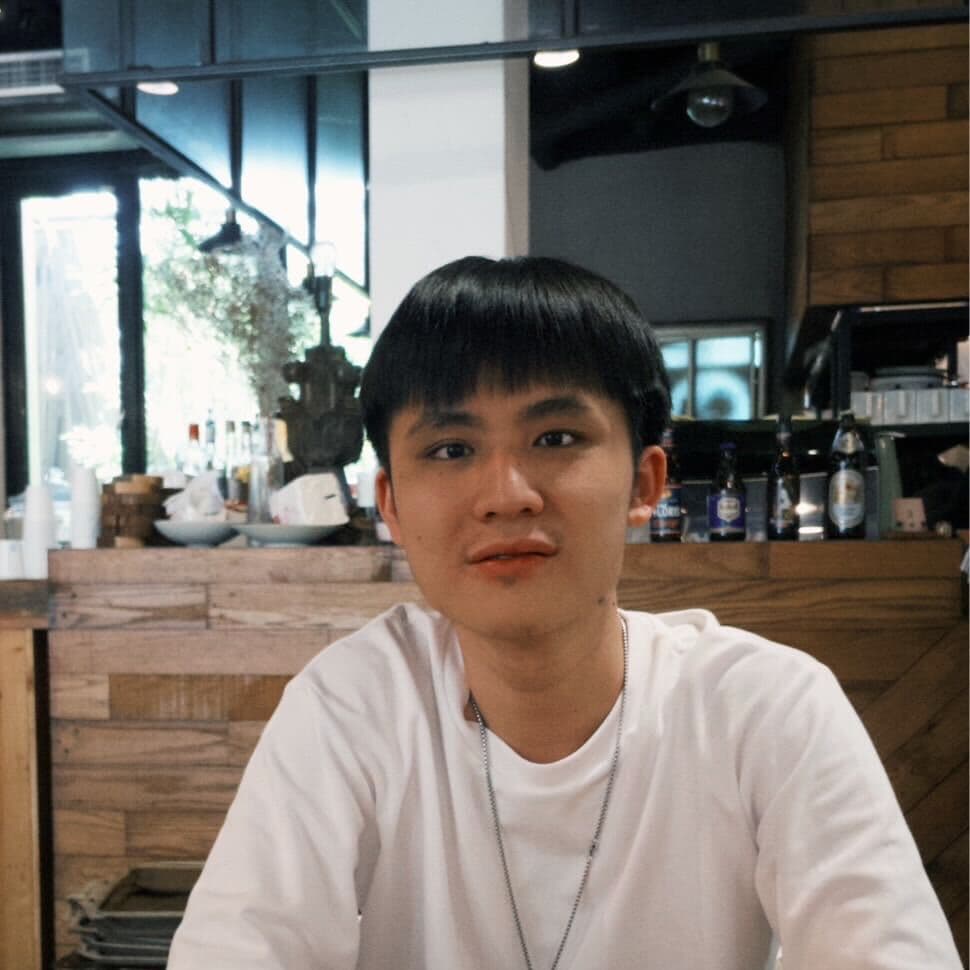
張宸瑋 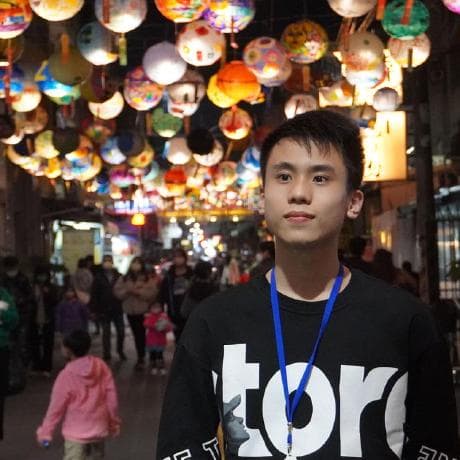
蘇智海 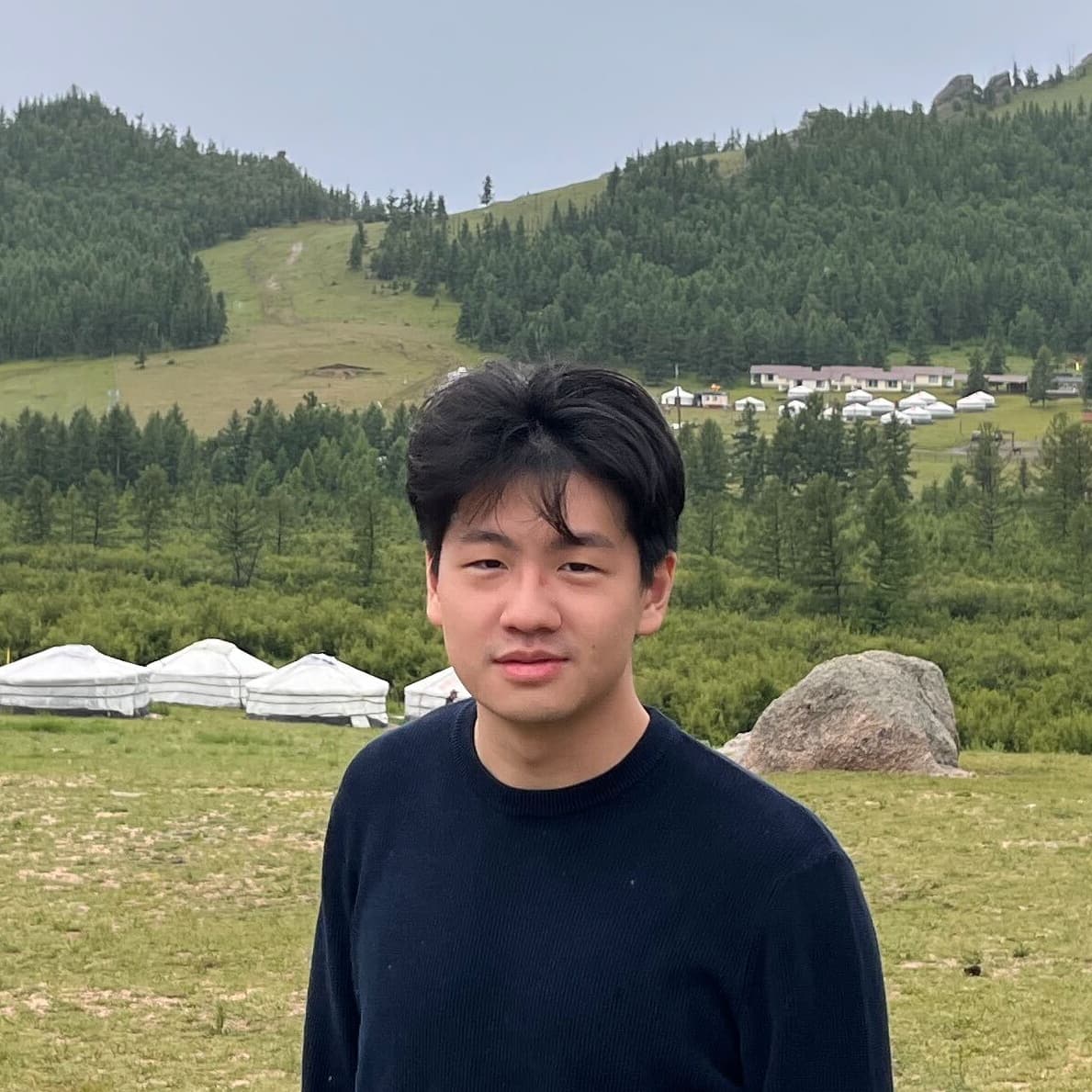
胡智堯 
李明謙 孫揚喆 陳士弘 陳昱佑 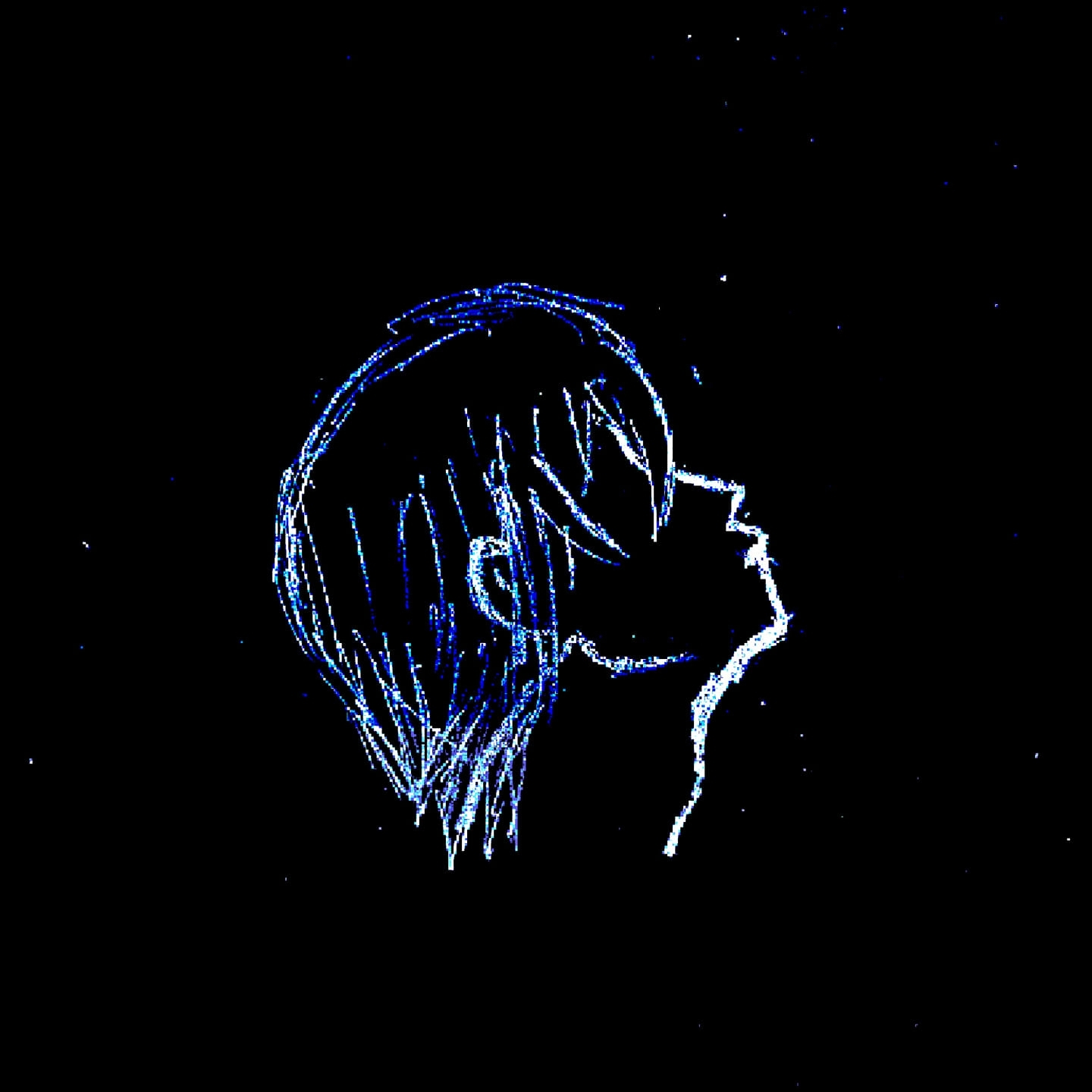
李宗諺 楊宗儒 陳凱昕 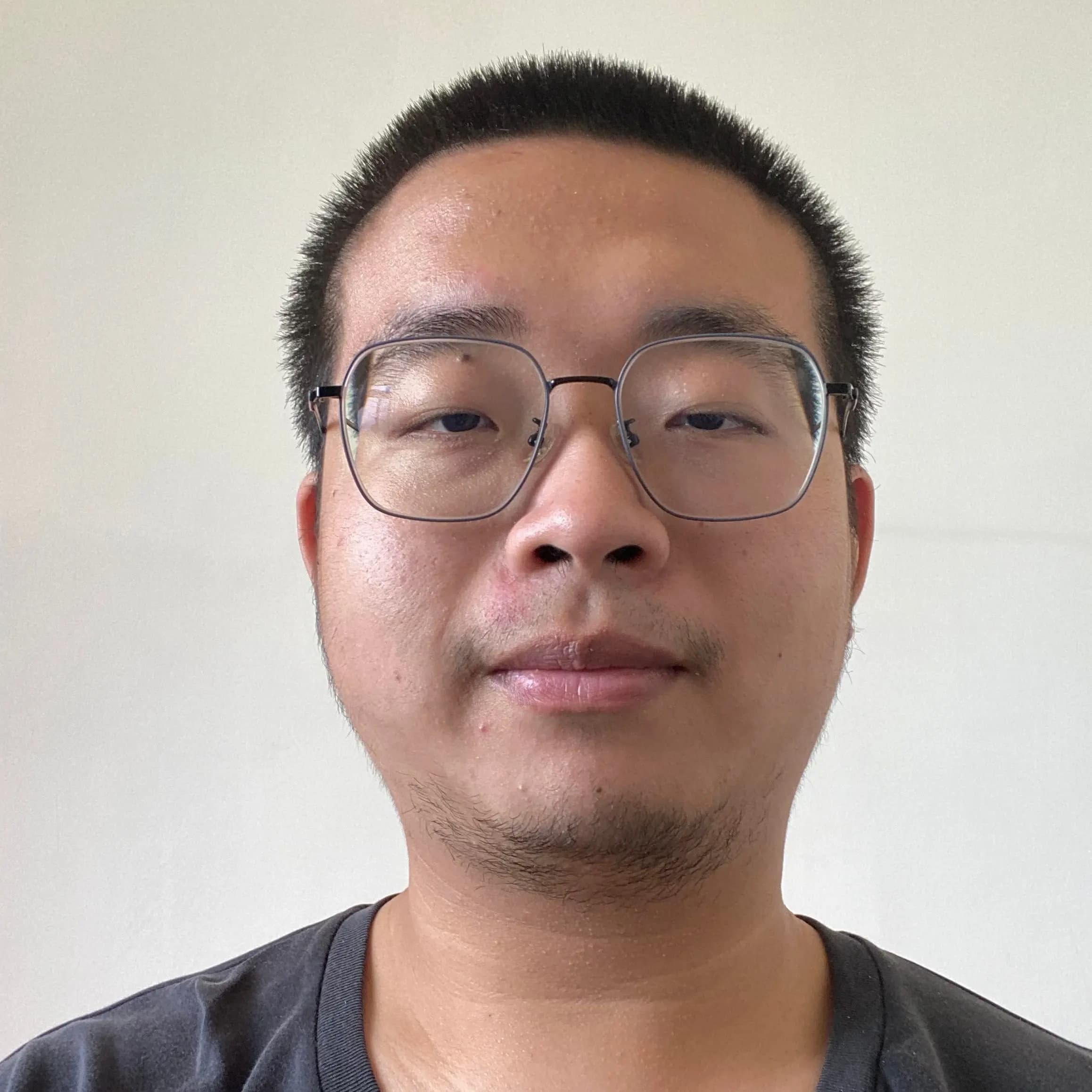
劉珆睿 吳俊宏 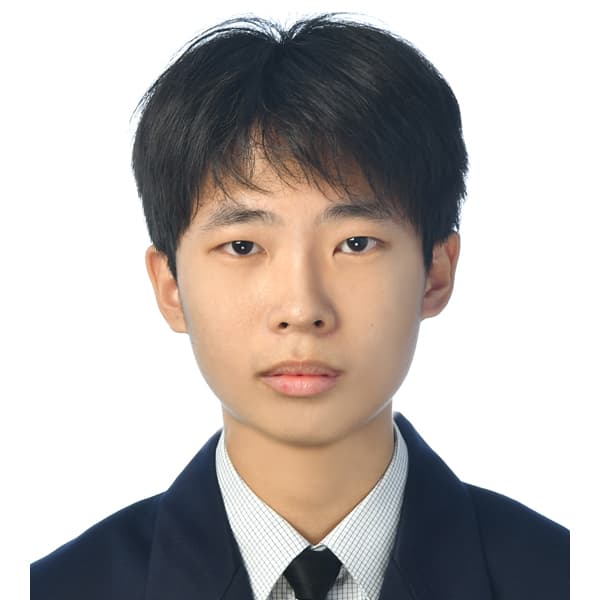
蔡師睿 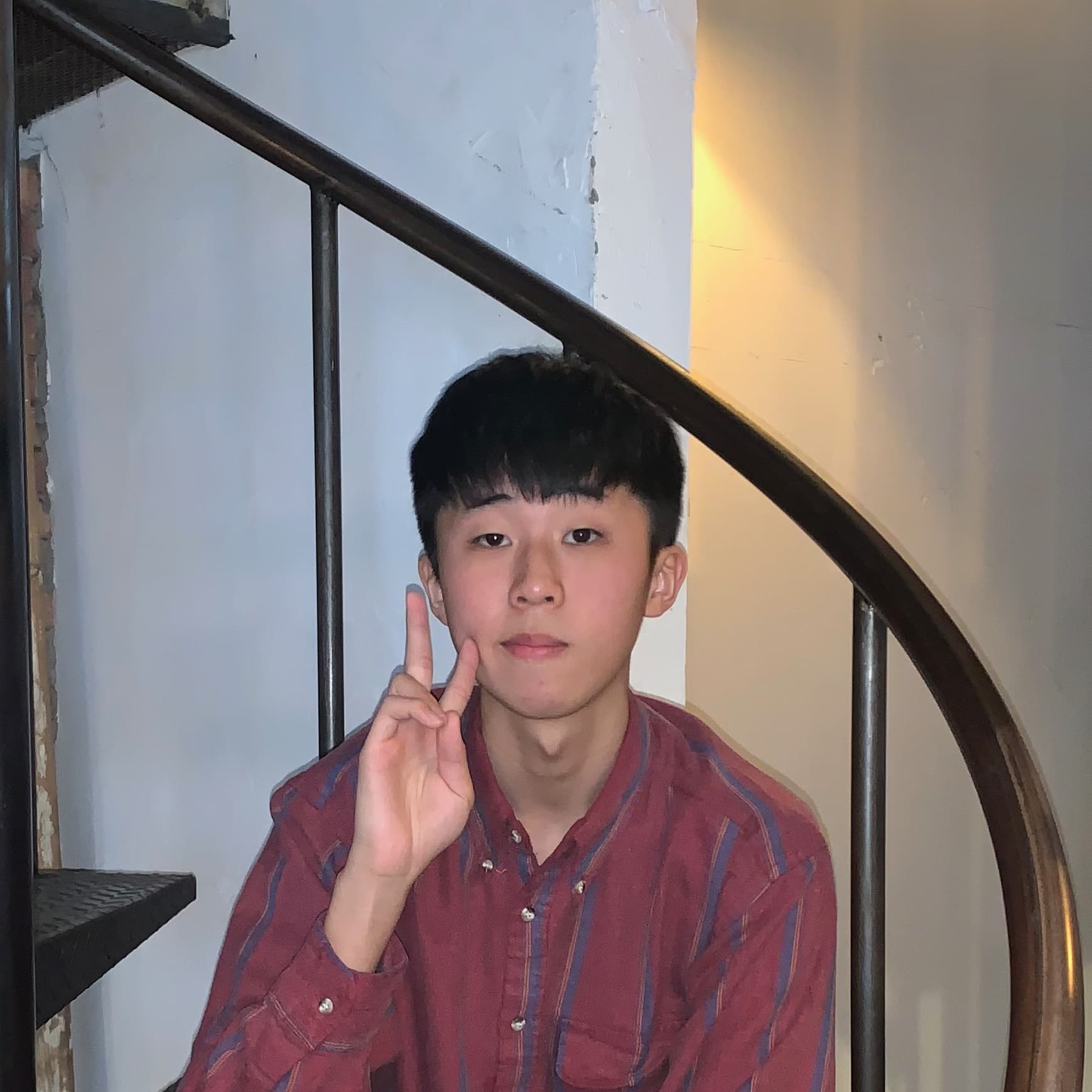
張維程 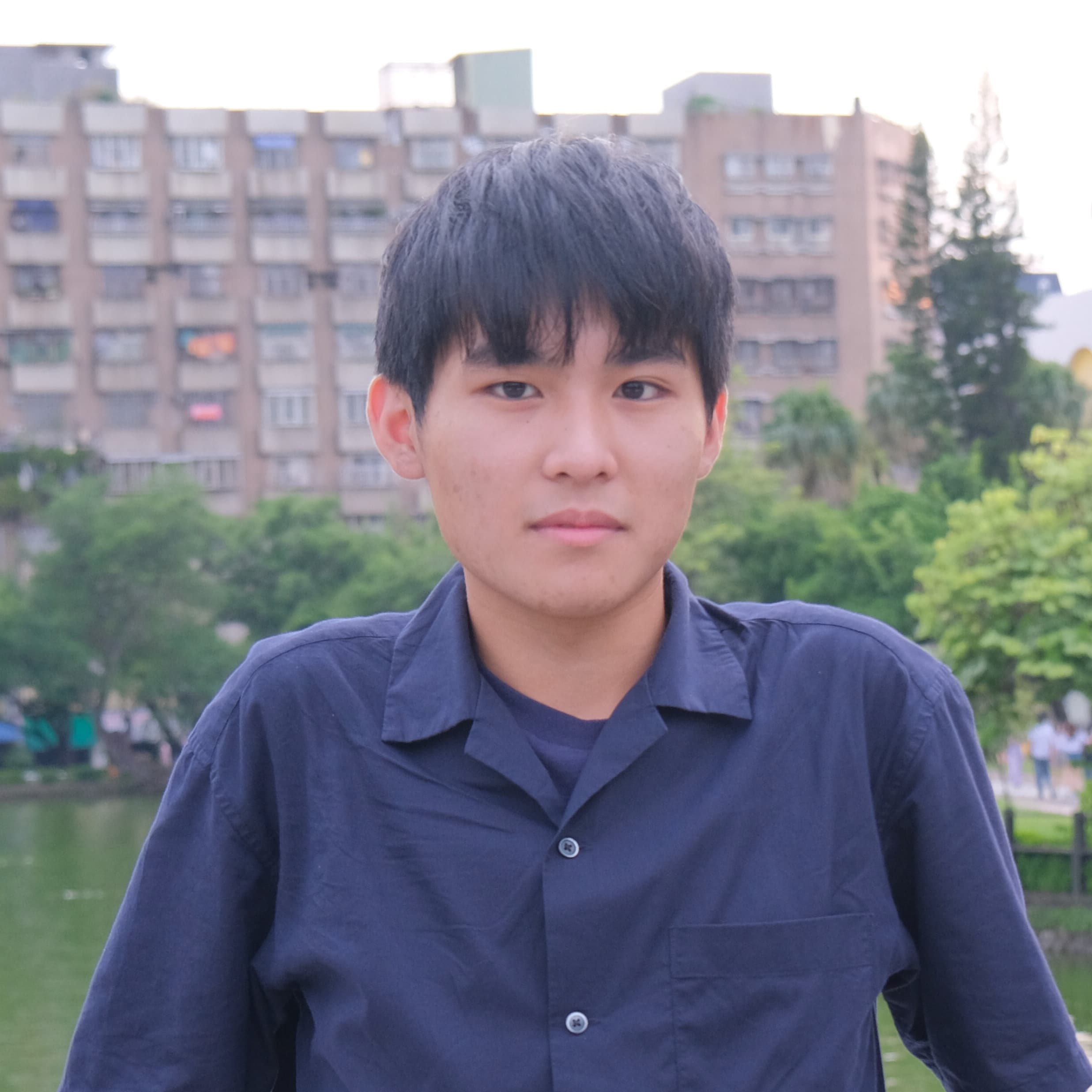
李杰穎 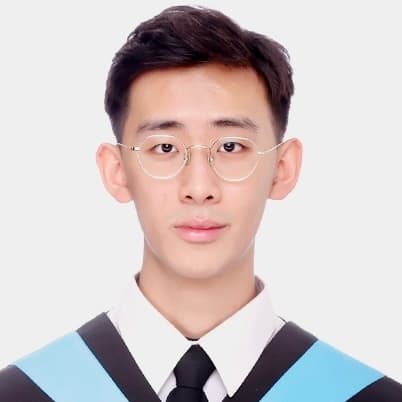
陳楊融 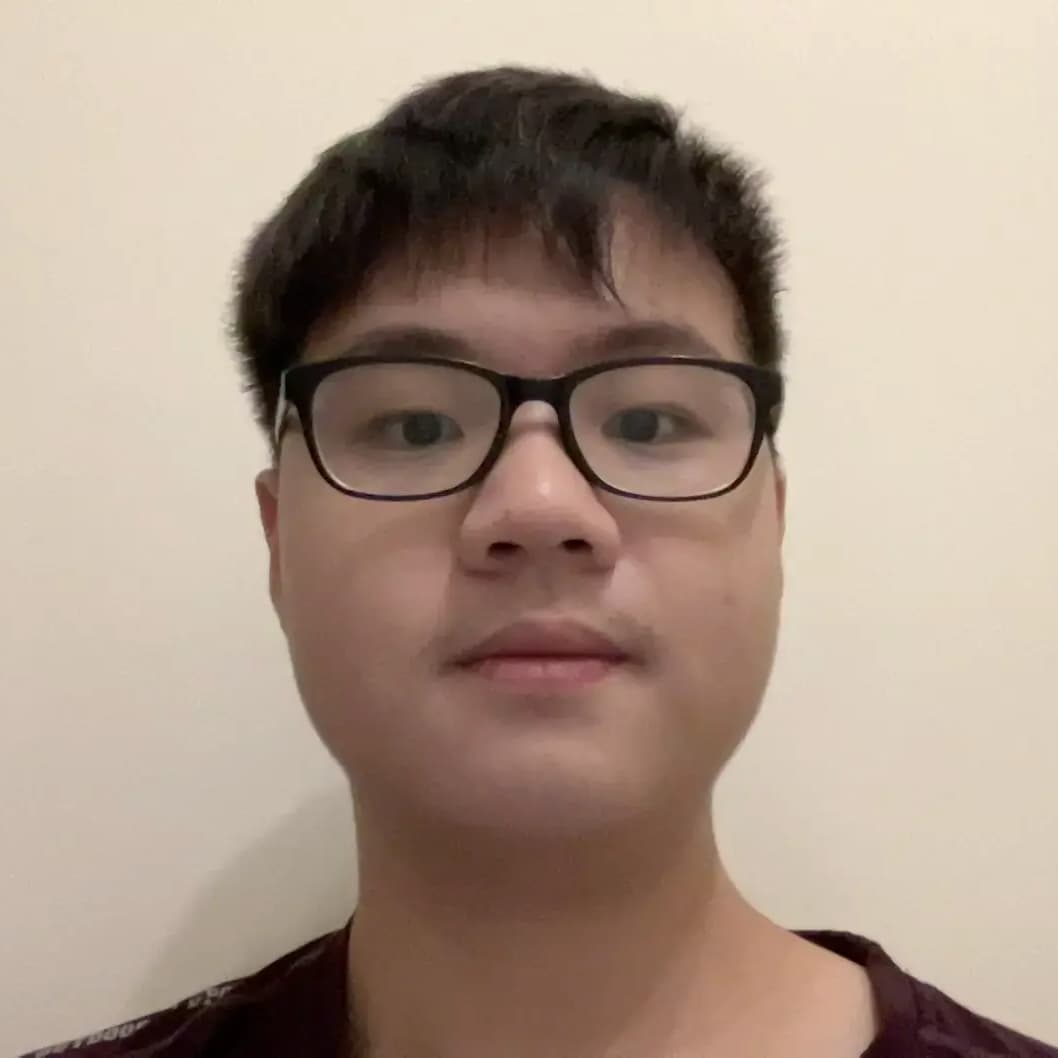
端木竣偉 吳定霖 
司徒立中 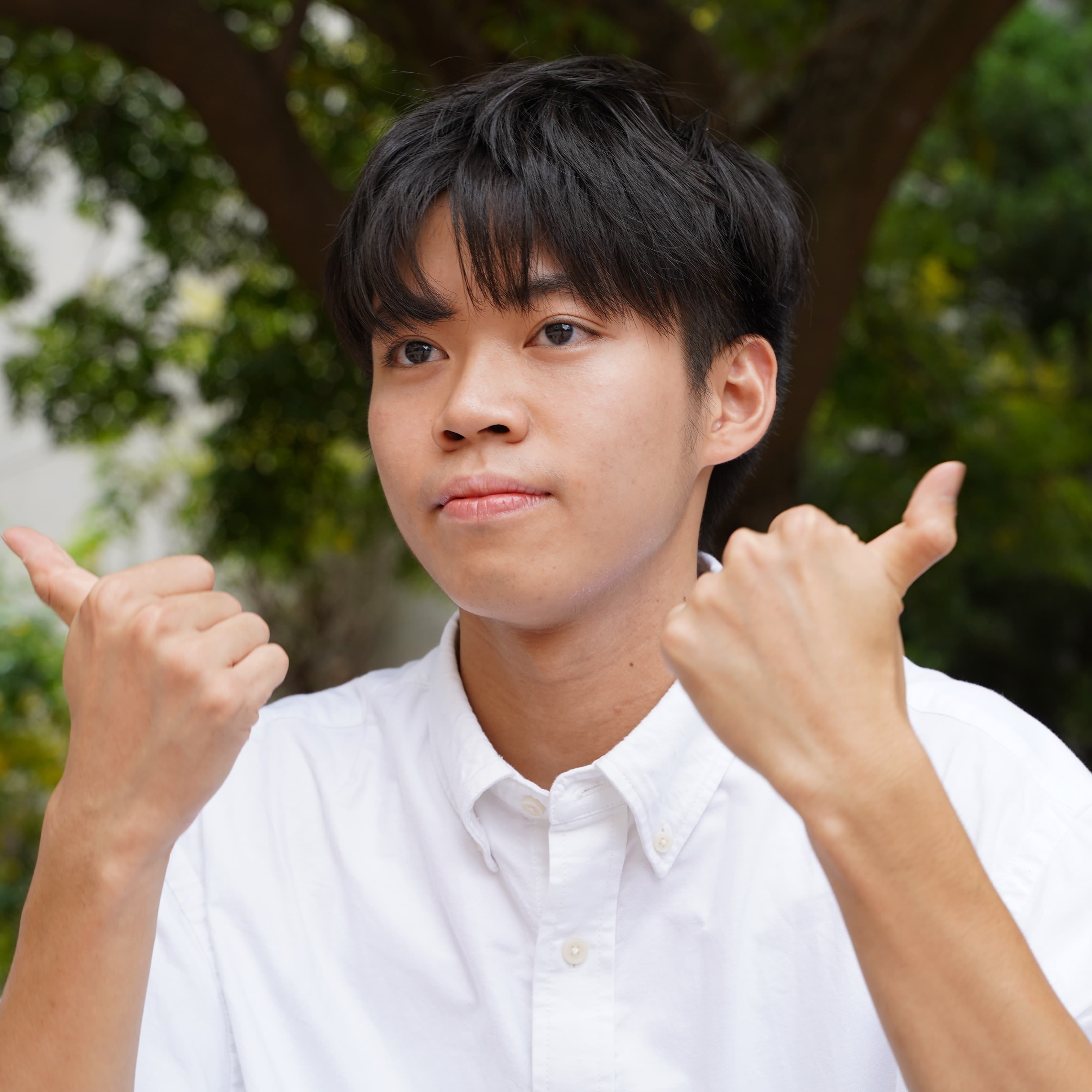
朱驛庭 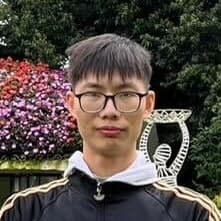
徐和 翁晨昱 何義翔 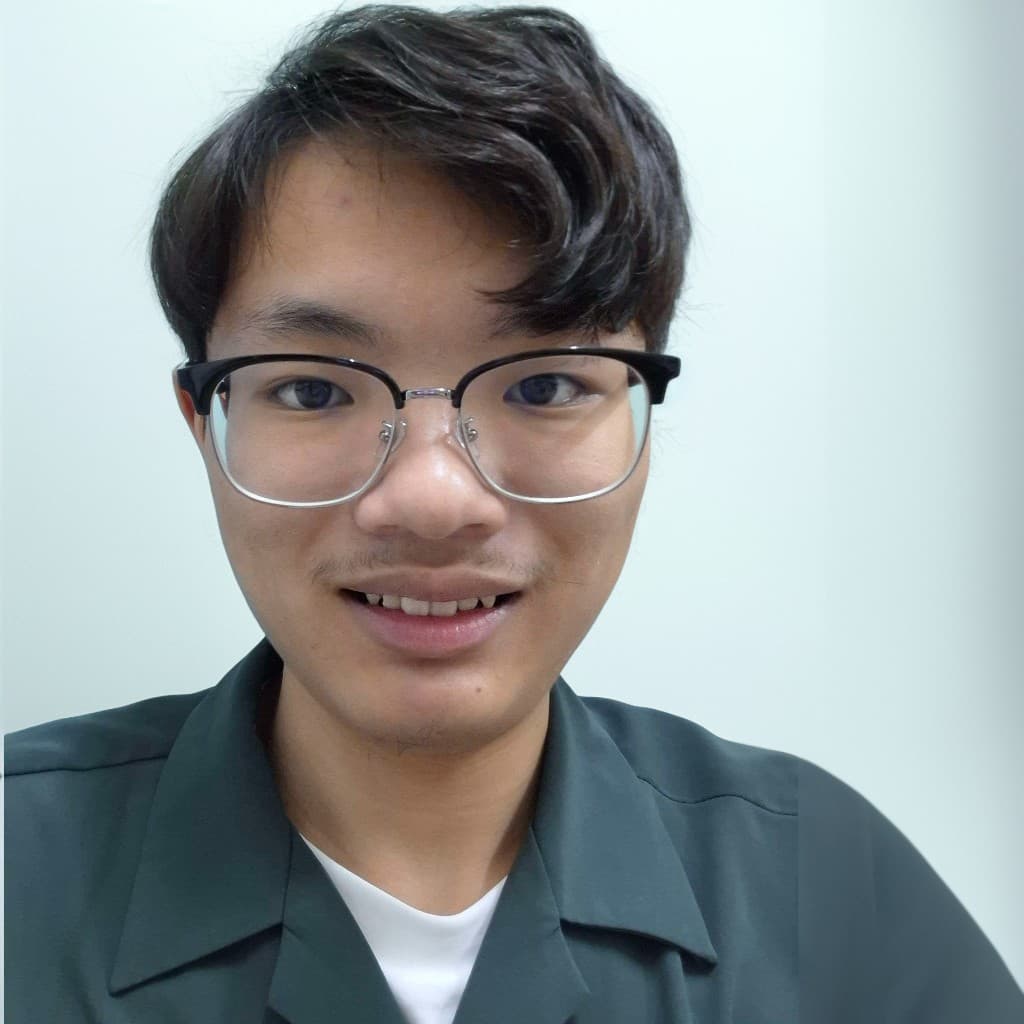
謝侑哲 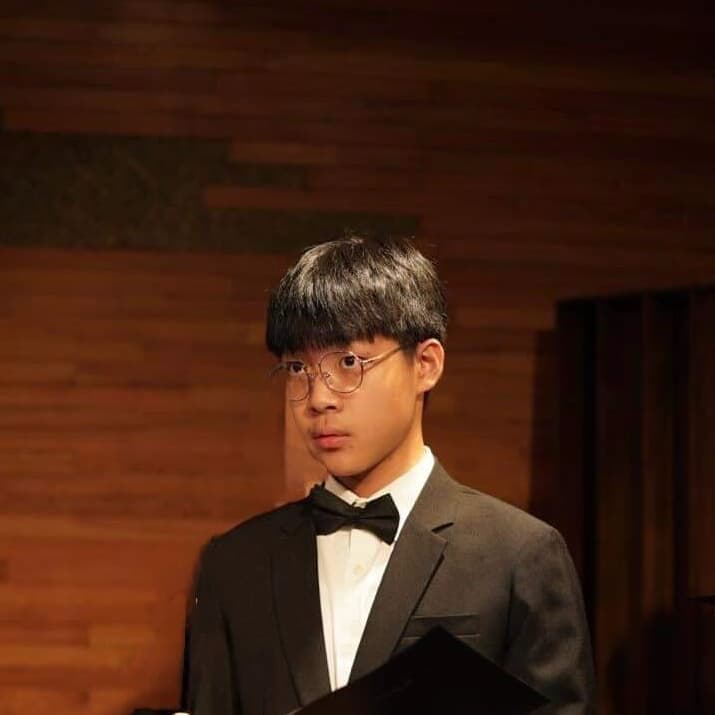
蔡聿瑋 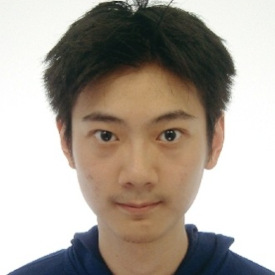
鄭伯俞 陳俊瑋 林奕杰 羅宇呈 郭玠甫 葉柔昀 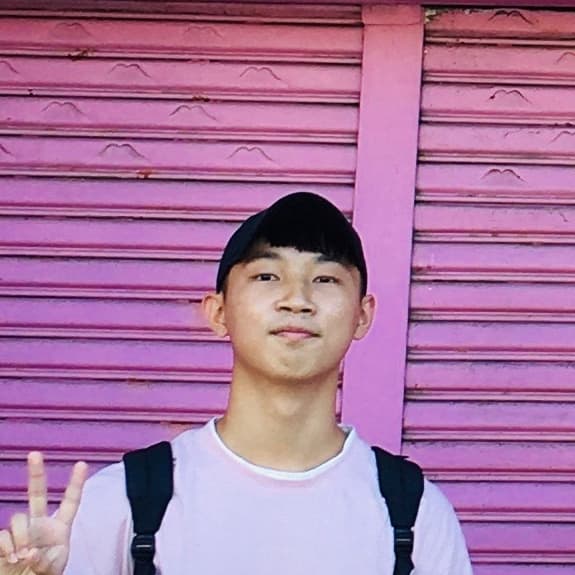
鄭又豪 丁祐承 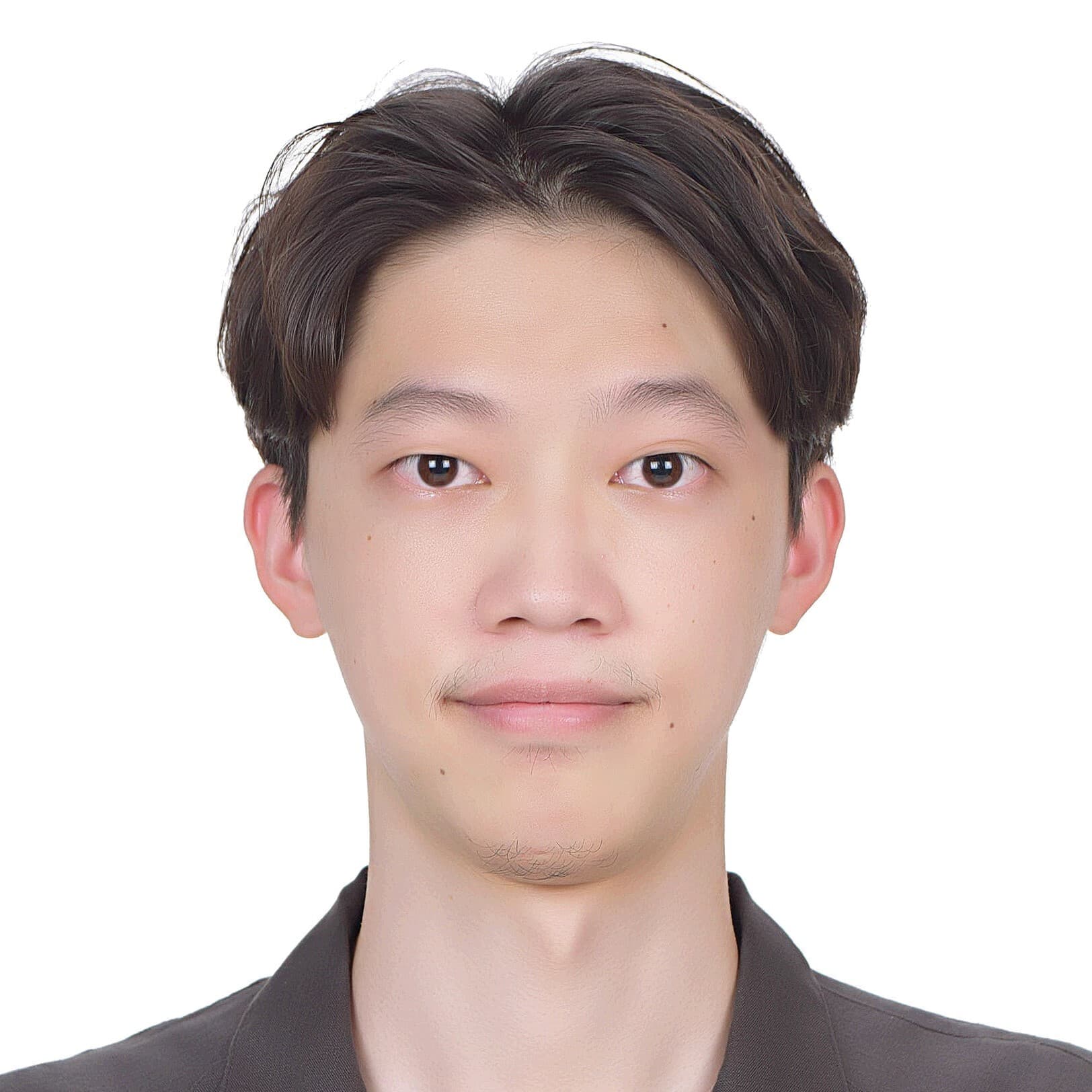
謝明翰 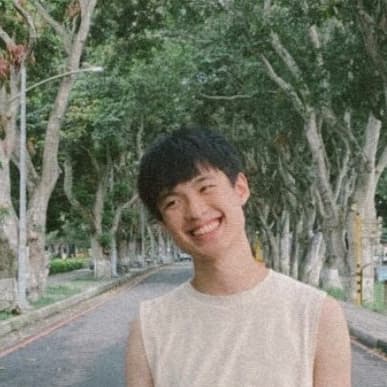
施惟智 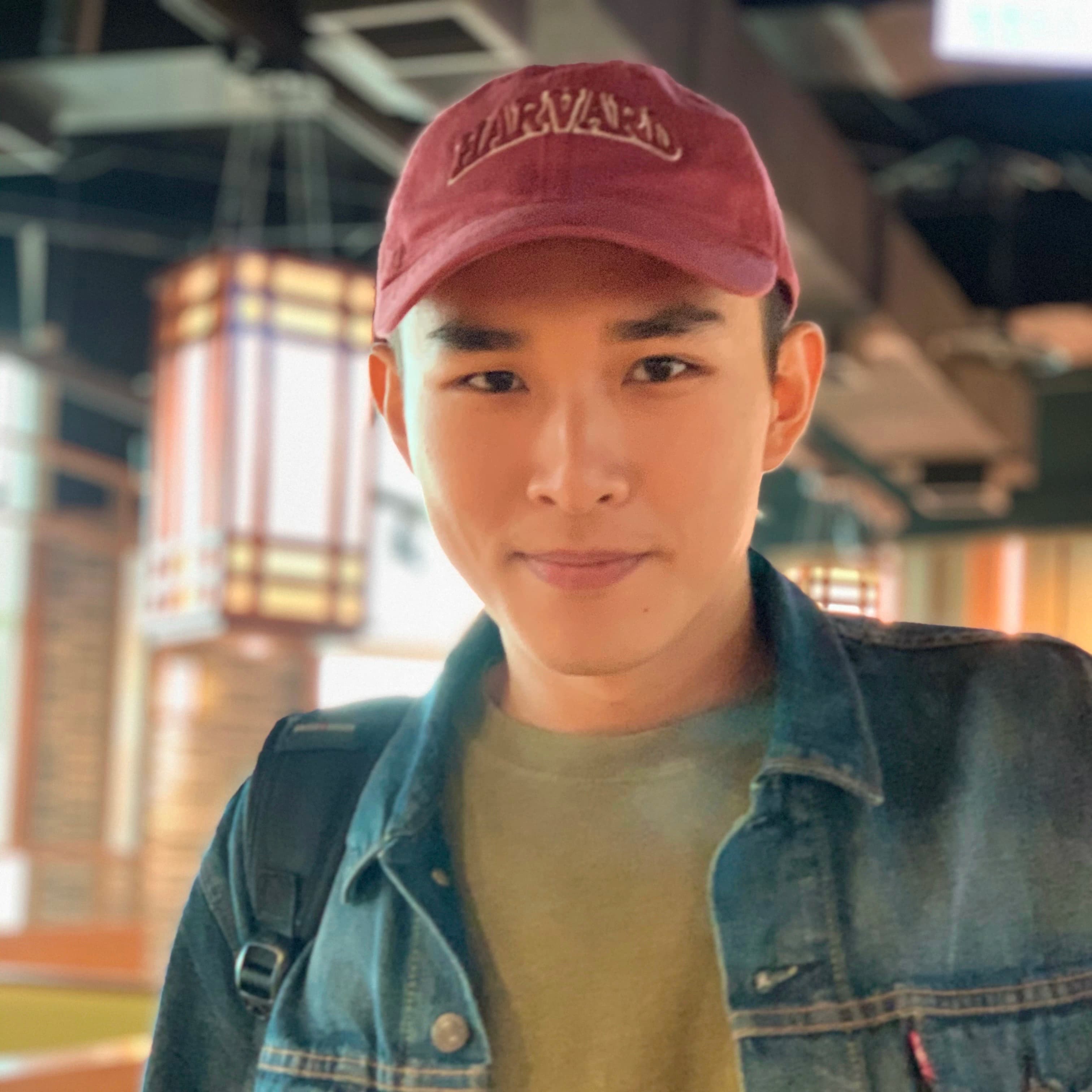
朱劭璿 |
|
|
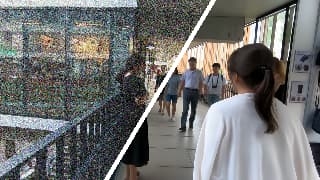
|
Chang-Han Yeh, Chin-Yang Lin, Zhixiang Wang, Chi-Wei Hsiao, Ting-Hsuan Chen, Yu-Lun Liu arXiv, 2024 project page / arXiv / code / demo This paper introduces a method for zero-shot video restoration using pre-trained image restoration diffusion models. |
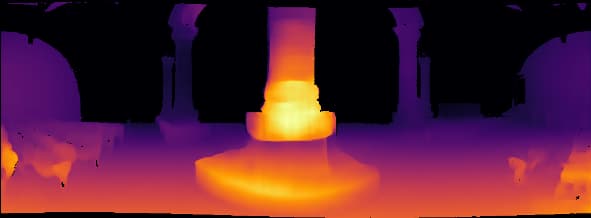 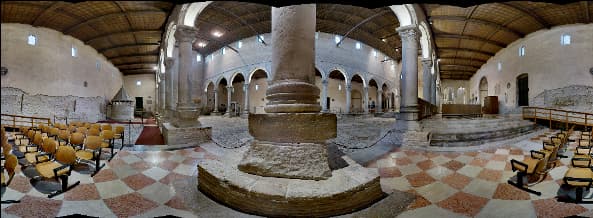
|
Ning-Hsu Wang, Yu-Lun Liu arXiv, 2024 project page / arXiv / code [coming soon] / demo This work proposes a new depth estimation framework that utilizes unlabeled 360-degree data effectively and uses state-of-the-art perspective depth estimation models as teacher models to generate pseudo labels through a six-face cube projection technique, enabling efficient labeling of depth in 360-degree images. |
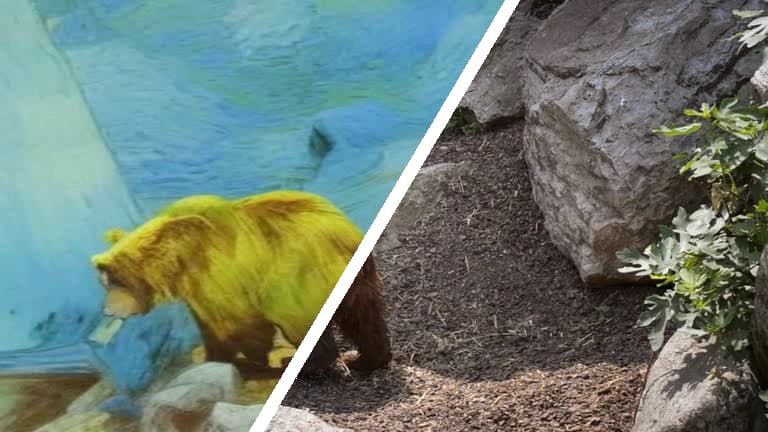
|
Ting-Hsuan Chen, Jiewen Chan, Hau-Shiang Shiu, Shih-Han Yen, Chang-Han Yeh, Yu-Lun Liu arXiv, 2024 project page / arXiv / results / code [coming soon] / demo A video editing framework, NaRCan, which integrates a hybrid deformation field and diffusion prior to generate high-quality natural canonical images to represent the input video and employs multi-layer perceptrons (MLPs) to capture local residual deformations, enhancing the model's ability to handle complex video dynamics. |
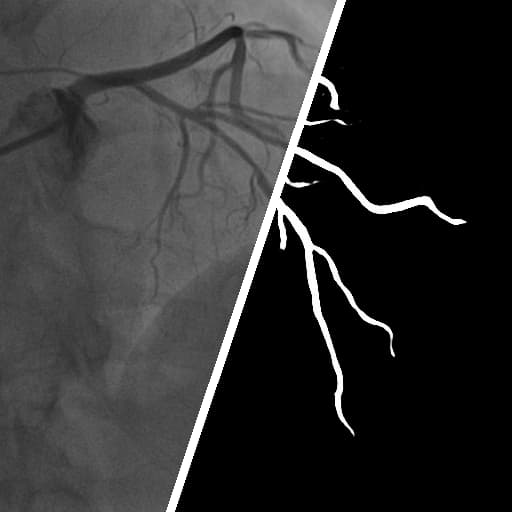
|
Chun-Hung Wu, Shih-Hong Chen, Chih-Yao Hu, Hsin-Yu Wu, Kai-Hsin Chen, Yu-You Chen, Chih-Hai Su, Chih-Kuo Lee, Yu-Lun Liu arXiv, 2024 project page / arXiv / code & dataset [coming soon] / colab DeNVeR is presented, an unsupervised approach for vessel segmentation in X-ray videos without annotated ground truth, providing a robust, data-efficient tool for disease diagnosis and treatment planning and setting a new standard for future research in video vessel segmentation. |
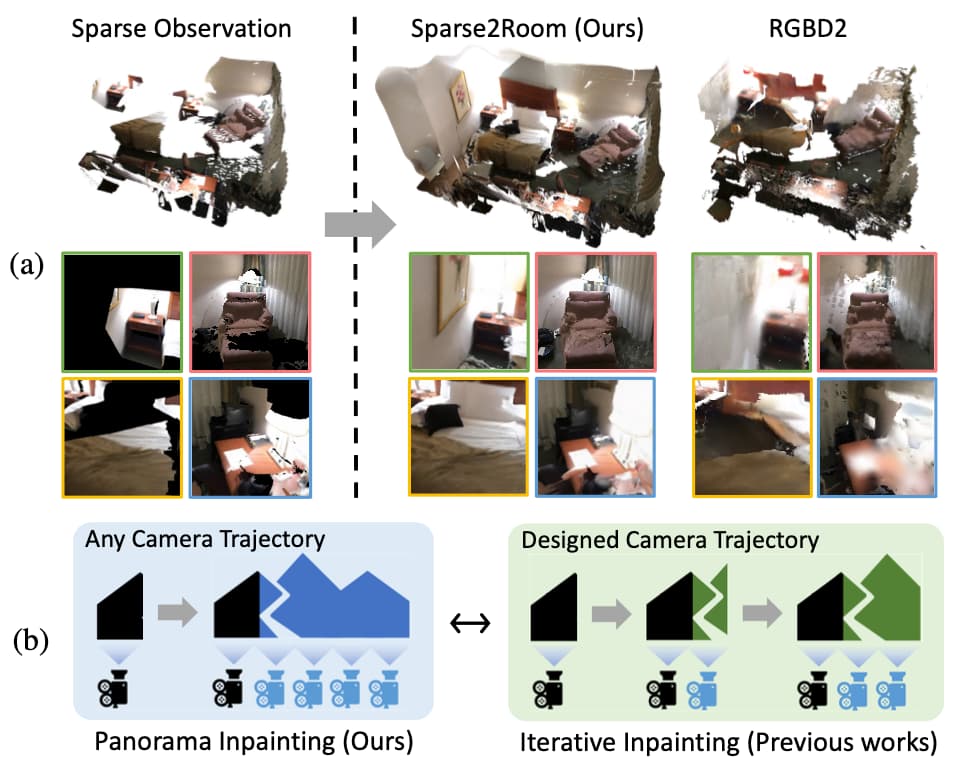 
|
Ming-Feng Li, Yueh-Feng Ku, Hong-Xuan Yen, Chi Liu, Yu-Lun Liu, Albert Y. C. Chen, Cheng-Hao Kuo, Min Sun ECCV, 2024 project page / arXiv / code Given a sparse collection of RGBD images that capture a scene, our method can generate complete room-scale 3D meshes with high-fidelity texture. |
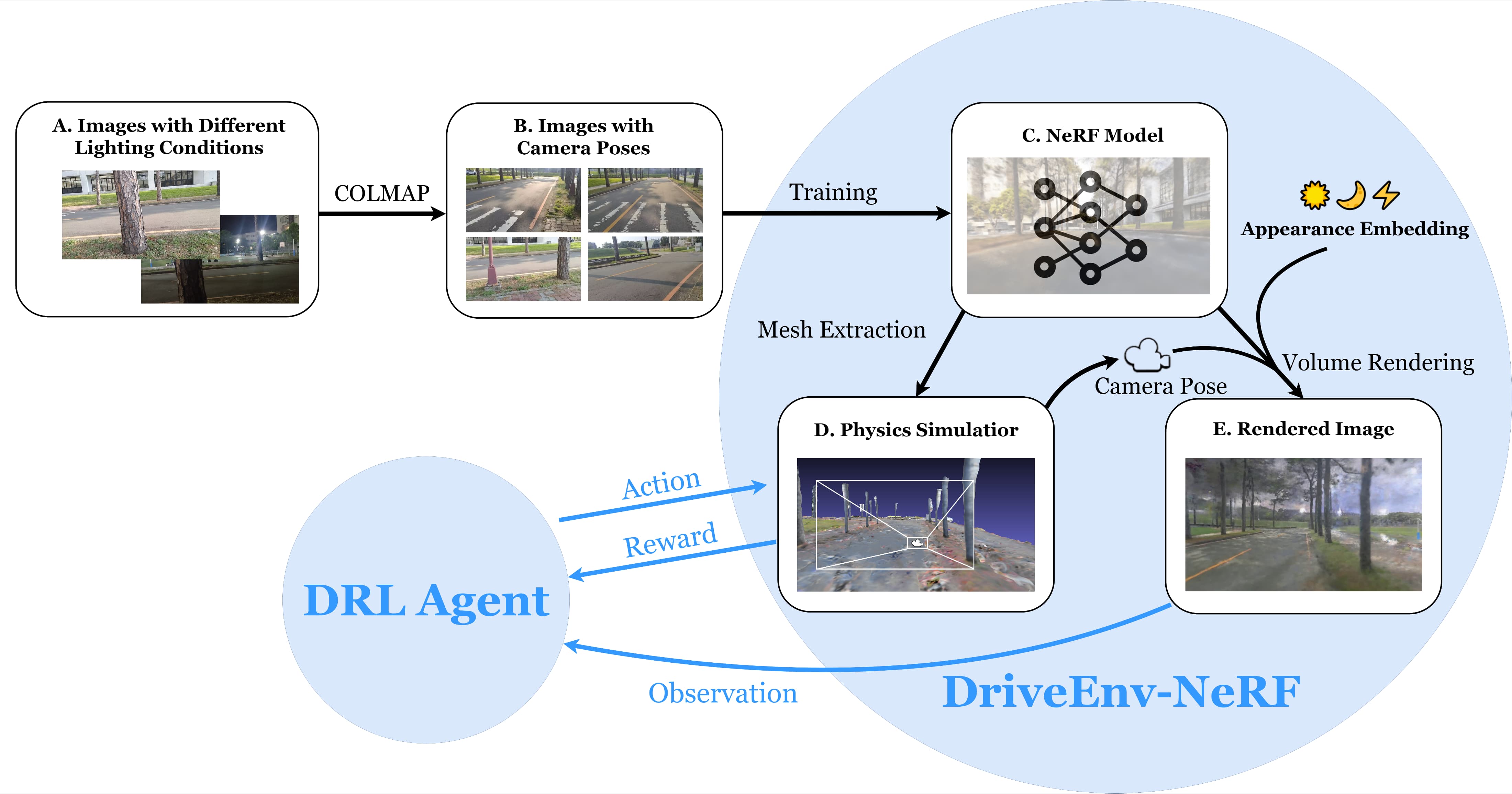 
|
Mu-Yi Shen, Chia-Chi Hsu, Hao-Yu Hou, Yu-Chen Huang, Wei-Fang Sun, Chia-Che Chang, Yu-Lun Liu, Chun-Yi Lee ICRA RoboNerF Workshop, 2024 project page / video / arXiv / code The DriveEnv-NeRF framework, which leverages Neural Radiance Fields (NeRF) to enable the validation and faithful forecasting of the efficacy of autonomous driving agents in a targeted real-world scene, can serve as a training environment for autonomous driving agents under various lighting conditions. |
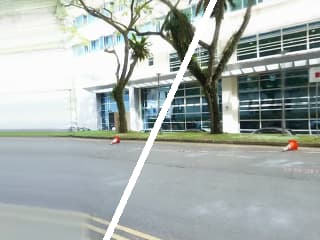
|
Chih-Hai Su*, Chih-Yao Hu*, Shr-Ruei Tsai*, Jie-Ying Lee*, Chin-Yang Lin, Yu-Lun Liu SIGGRAPH, 2024 project page / arXiv / video / code Our method does not require training and can adapt to any MVS-based NeRF methods in a feed-forward fashion to improve rendering quality. |
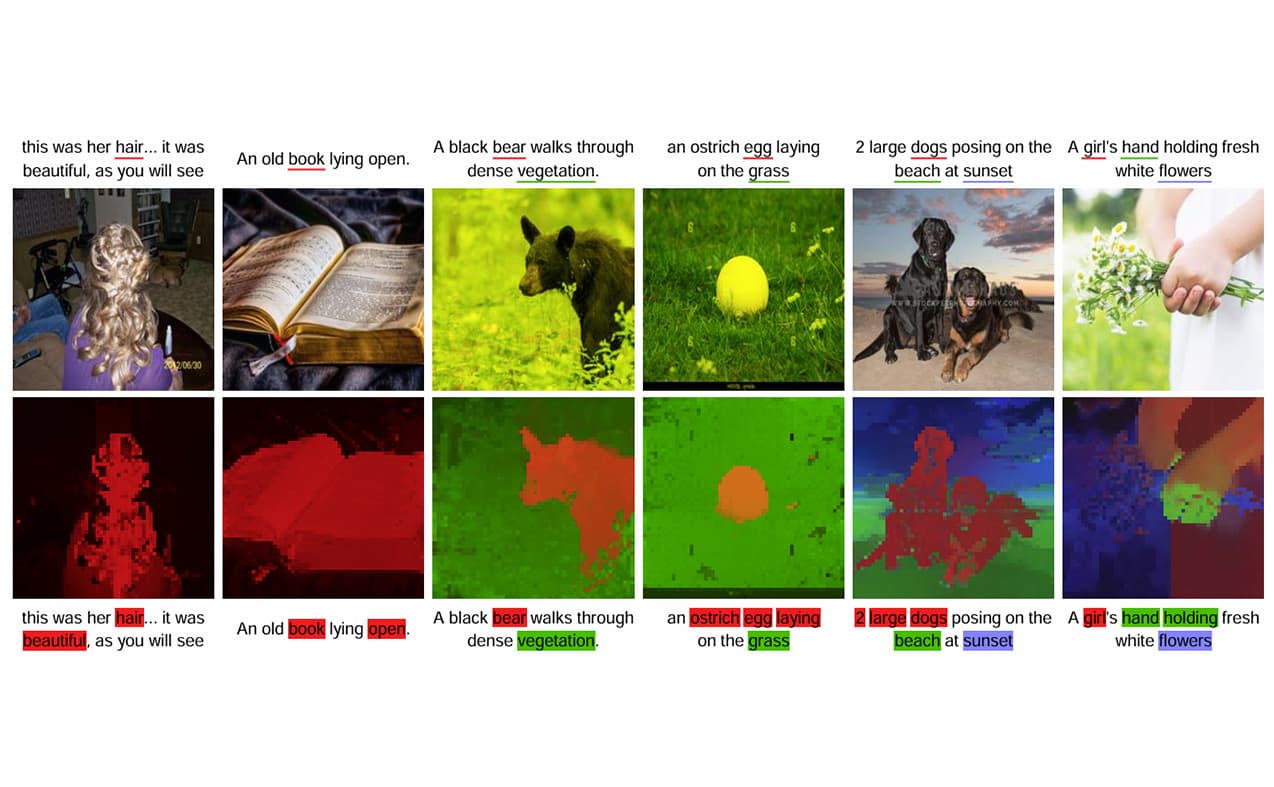 
|
Ji-Jia Wu, Andy Chia-Hao Chang, Chieh-Yu Chuang, Chun-Pei Chen, Yu-Lun Liu, Min-Hung Chen, Hou-Ning Hu, Yung-Yu Chuang, Yen-Yu Lin CVPR, 2024 arXiv / code This paper addresses text-supervised semantic segmentation, aiming to learn a model capable of segmenting arbitrary visual concepts within images by using only imagetext pairs without dense annotations. |
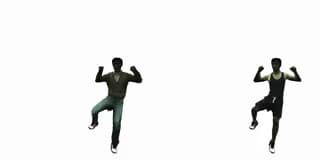
|
Caoyuan Ma, Yu-Lun Liu, Zhixiang Wang, Wu Liu, Xinchen Liu, Zheng Wang CVPR, 2024 project page / arXiv / code This work reconstructs the previous HumanNeRF approach, combining explicit and implicit human representations with both general and specific mapping processes, and shows that explicit shape can filter the information used to fit implicit representation, and frozen general mapping combined with point-specific mapping can effectively avoid overfitting and improve pose generalization performance. |
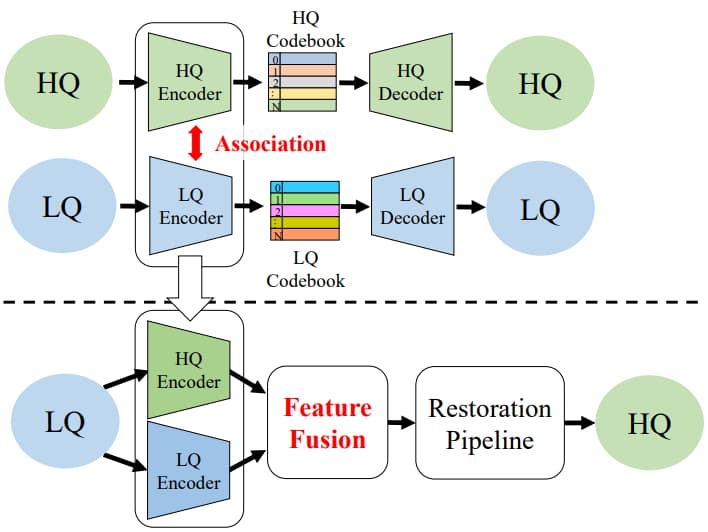 
|
Yu-Ju Tsai, Yu-Lun Liu, Lu Qi, Kelvin C.K. Chan, Ming-Hsuan Yang ICLR, 2024 project page / arXiv This work proposes a novel dual-branch framework named DAEFR, which introduces an auxiliary LQ branch that extracts crucial information from the LQ inputs and incorporates association training to promote effective synergy between the two branches, enhancing code prediction and output quality. |
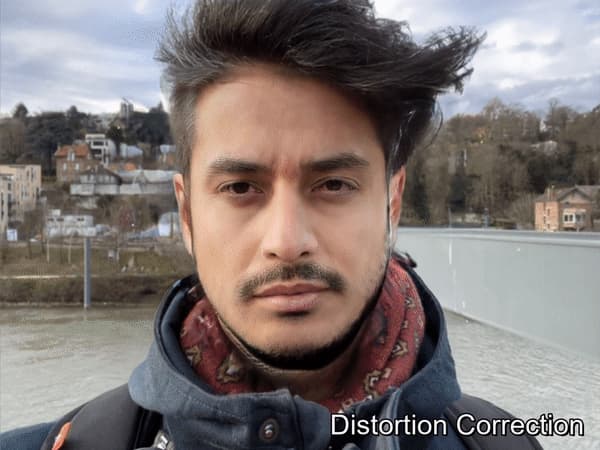
|
Zhixiang Wang, Yu-Lun Liu, Jia-Bin Huang, Shin'ichi Satoh, Sizhuo Ma, Guru Krishnan, Jian Wang IJCV, 2024 project page / arXiv This work proposes a simple yet effective method for correcting perspective distortions in a single close-up face using GAN inversion using a perspective-distorted input facial image, and develops starting from a short distance, optimization scheduling, reparametrizations, and geometric regularization. |
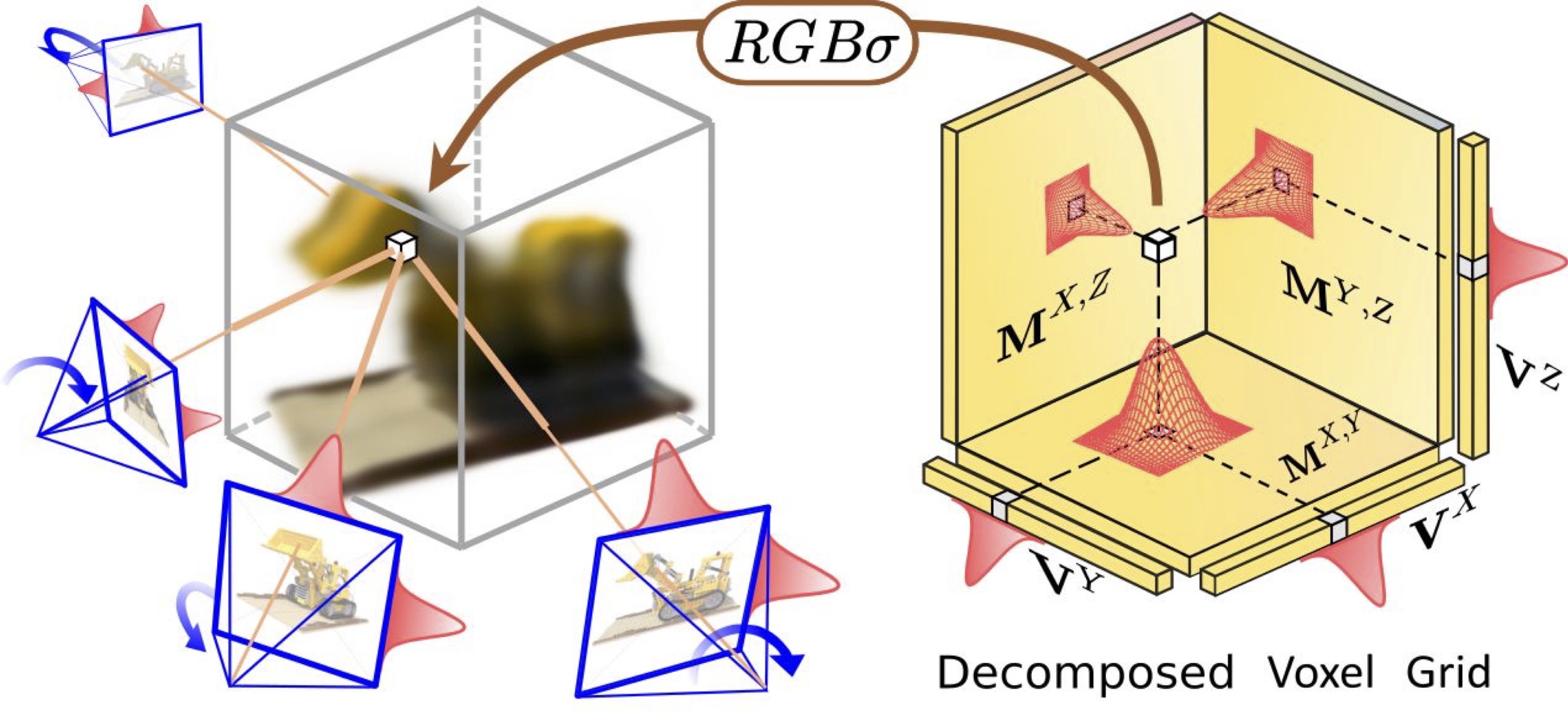
|
Bo-Yu Cheng, Wei-Chen Chiu, Yu-Lun Liu AAAI, 2024 project page / arXiv / code An algorithm that allows joint refinement of camera pose and scene geometry represented by decomposed low-rank tensor, using only 2D images as supervision is proposed, which achieves an equivalent effect to brute-force 3D convolution with only incurring little computational overhead. |
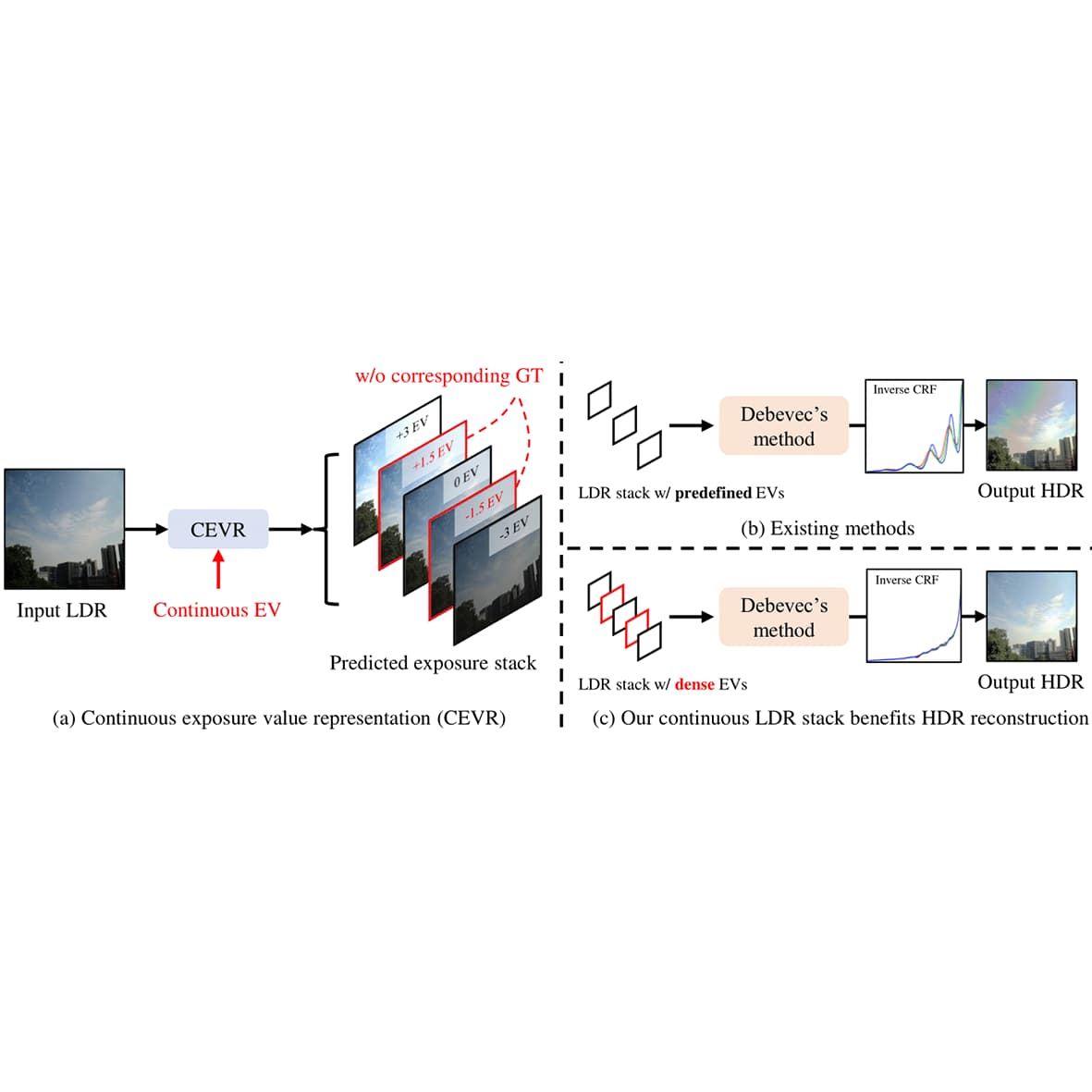 
|
Su-Kai Chen, Hung-Lin Yen, Yu-Lun Liu, Min-Hung Chen, Hou-Ning Hu, Wen-Hsiao Peng, Yen-Yu Lin ICCV, 2023 project page / arXiv / code / video This work proposes the continuous exposure value representation (CEVR), which uses an implicit function to generate LDR images with arbitrary EVs, including those unseen during training, to improve HDR reconstruction. |
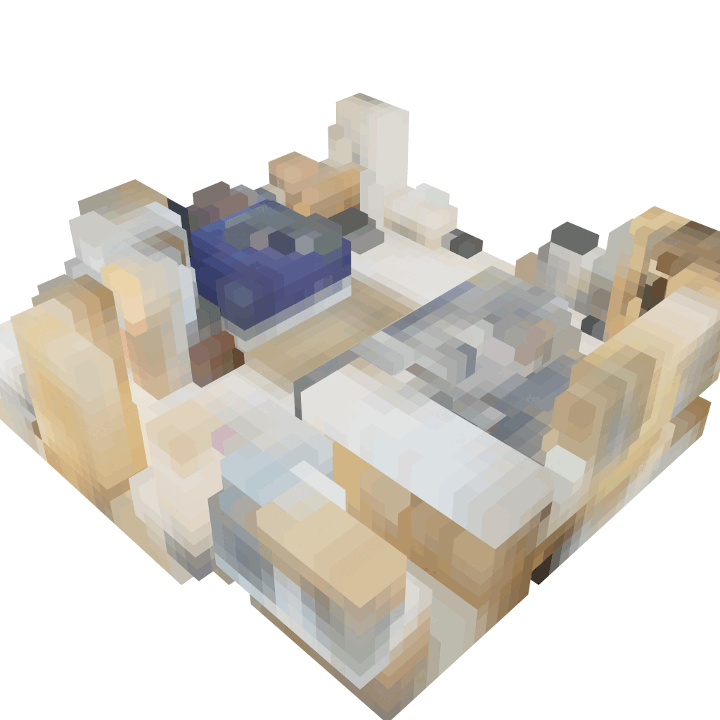 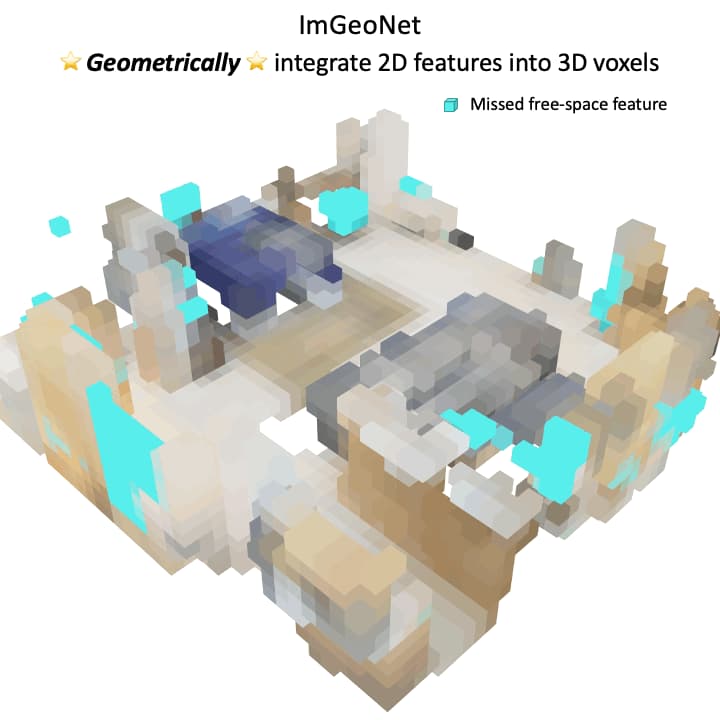
|
Tao Tu, Shun-Po Chuang, Yu-Lun Liu, Cheng Sun, Ke Zhang, Donna Roy, Cheng-Hao Kuo, Min Sun ICCV, 2023 project page / arXiv The studies indicate that the proposed image-induced geometry-aware representation can enable image-based methods to attain superior detection accuracy than the seminal point cloud-based method, VoteNet, in two practical scenarios: (1) scenarios where point clouds are sparse and noisy, such as in ARKitScenes, and (2) scenarios involve diverse object classes, particularly classes of small objects, as in the case in ScanNet200. |
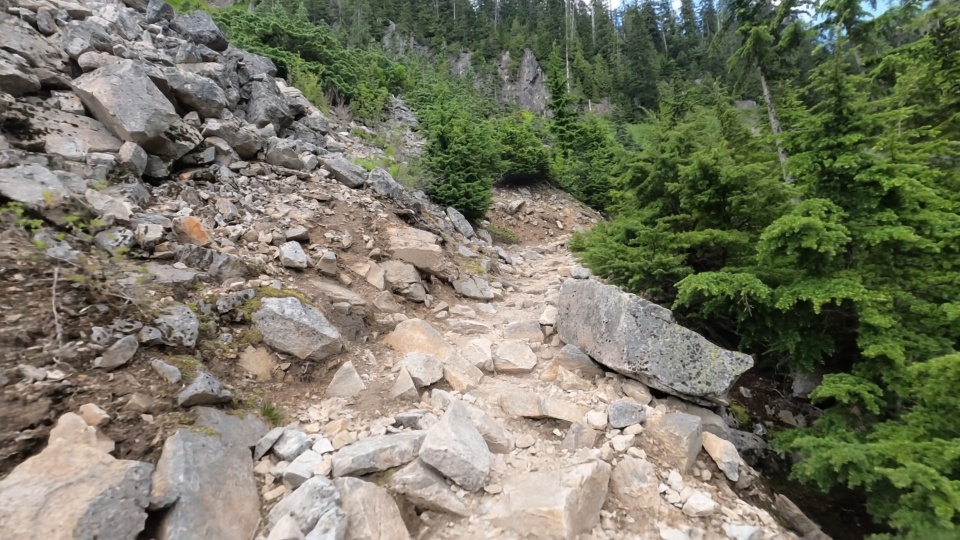
|
Andreas Meuleman, Yu-Lun Liu, Chen Gao, Jia-Bin Huang, Changil Kim, Min H. Kim, Johannes Kopf CVPR, 2023 project page / paper / code / video This work presents an algorithm for reconstructing the radiance field of a large-scale scene from a single casually captured video, and shows that progressive optimization significantly improves the robustness of the reconstruction. |
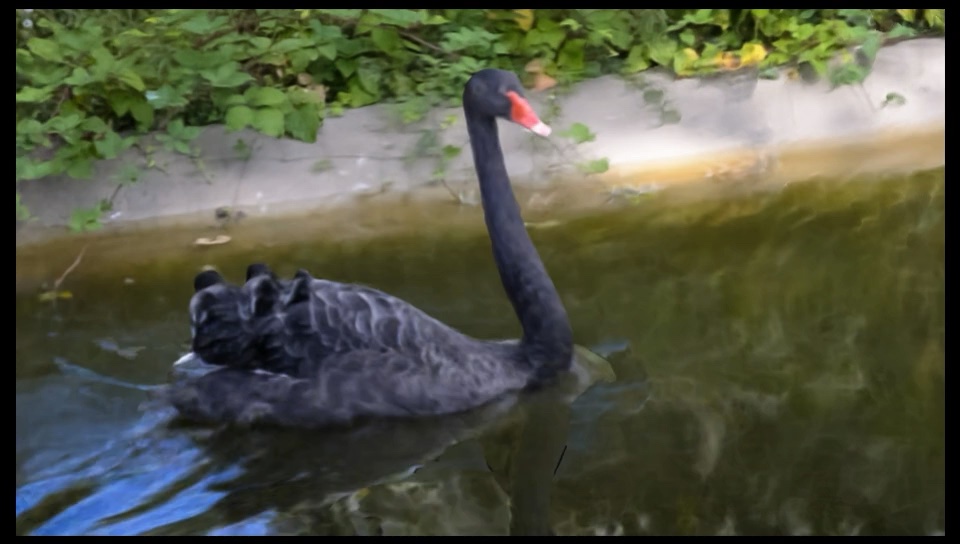
|
Yu-Lun Liu, Chen Gao, Andreas Meuleman, Hung-Yu Tseng, Ayush Saraf, Changil Kim, Yung-Yu Chuang, Johannes Kopf, Jia-Bin Huang CVPR, 2023 project page / arXiv / code / video This work addresses the robustness issue by jointly estimating the static and dynamic radiance fields along with the camera parameters (poses and focal length) and shows favorable performance over the state-of-the-art dynamic view synthesis methods. |
 
|
Chen-Hao Chao, Wei-Fang Sun, Bo-Wun Cheng, Yi-Chen Lo, Chia-Che Chang, Yu-Lun Liu, Yu-Lin Chang, Chia-Ping Chen, Chun-Yi Lee ICLR, 2022 arXiv / OpenReview This work forms a novel training objective, called Denoising Likelihood Score Matching (DLSM) loss, for the classifier to match the gradients of the true log likelihood density, and concludes that the conditional scores can be accurately modeled, and the effect of the score mismatch issue is alleviated. |

|
Yu-Lun Liu, Wei-Sheng Lai, Ming-Hsuan Yang, Yung-Yu Chuang, Jia-Bin Huang TPAMI, 2021 project page / arXiv / code / demo / video This work alternate between estimating dense optical flow fields of the two layers and reconstructing each layer from the flow-warped images via a deep convolutional neural network, facilitates accommodating potential errors in the flow estimation and brittle assumptions, such as brightness consistency. |
 
|
Ning-Hsu Wang, Ren Wang, Yu-Lun Liu, Yu-Hao Huang, Yu-Lin Chang, Chia-Ping Chen, Kevin Jou ICCV, 2021 project page / arXiv / code This paper proposes a method to estimate not only a depth map but an AiF image from a set of images with different focus positions (known as a focal stack), and shows that this method outperforms the state-of-the-art methods both quantitatively and qualitatively, and also has higher efficiency in inference time. |

|
Yu-Lun Liu, Wei-Sheng Lai, Ming-Hsuan Yang, Yung-Yu Chuang, Jia-Bin Huang ICCV, 2021 project page / arXiv / poster / slides / code / demo / video / Two minute video This work presents a frame synthesis algorithm to achieve full-frame video stabilization that first estimate dense warp fields from neighboring frames and then synthesize the stabilized frame by fusing the warped contents. |
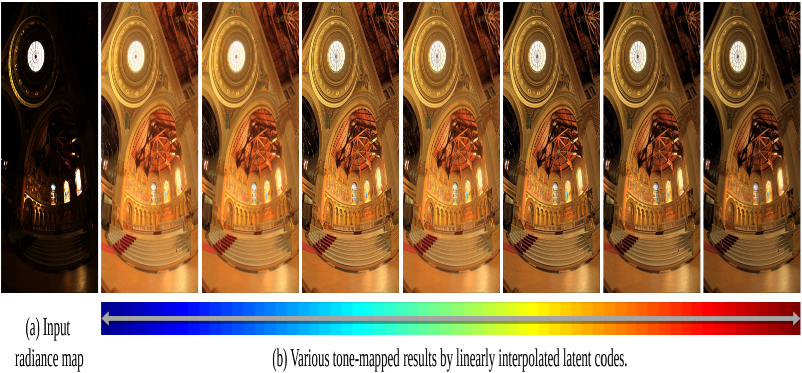 
|
Chien-Chuan Su, Ren Wang, Hung-Jin Lin, Yu-Lun Liu, Chia-Ping Chen, Yu-Lin Chang, Soo-Chang Pei ICPR, 2020 arXiv This paper proposes a learning-based multimodal tone-mapping method, which not only achieves excellent visual quality but also explores the style diversity and shows that the proposed method performs favorably against state-of-the-art tone-Mapping algorithms both quantitatively and qualitatively. |
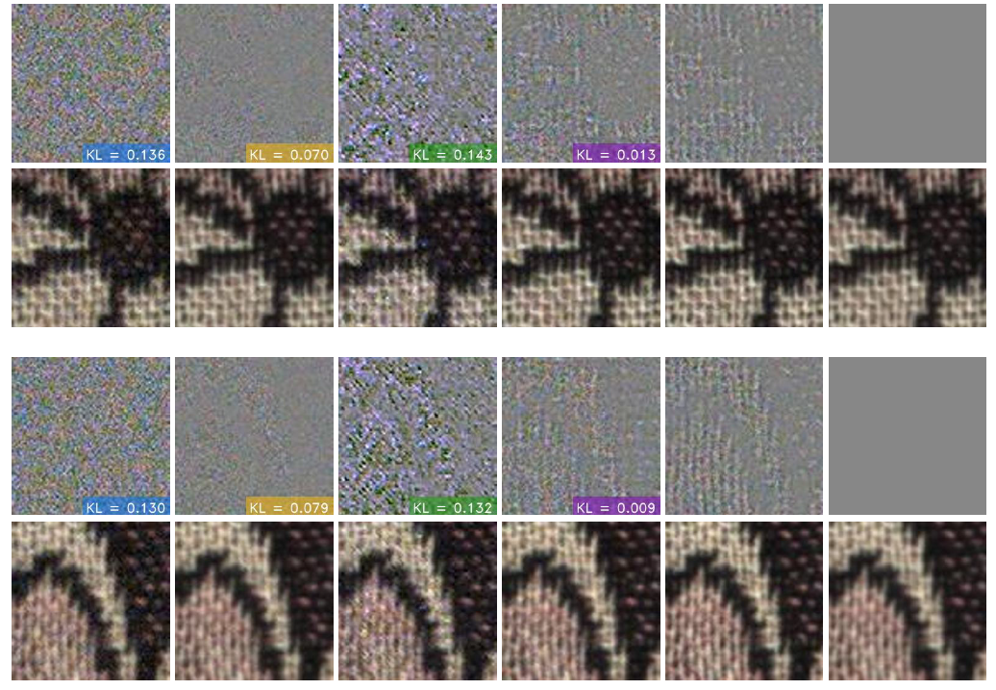 
|
Ke-Chi Chang, Ren Wang, Hung-Jin Lin, Yu-Lun Liu, Chia-Ping Chen, Yu-Lin Chang, Hwann-Tzong Chen ECCV, 2020 project page / arXiv / code A data-driven approach, where a generative noise model is learned from real-world noise, which is camera-aware and quantitatively and qualitatively outperforms existing statistical noise models and learning-based methods. |
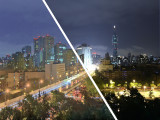
|
Yu-Lun Liu*, Wei-Sheng Lai*, Yu-Sheng Chen, Yi-Lung Kao, Ming-Hsuan Yang, Yung-Yu Chuang, Jia-Bin Huang CVPR, 2020 project page / arXiv / poster / slides / code / demo / 1-minute video This work model the HDR-to-LDR image formation pipeline as the dynamic range clipping, non-linear mapping from a camera response function, and quantization, and proposes to learn three specialized CNNs to reverse these steps. |

|
Yu-Lun Liu, Wei-Sheng Lai, Ming-Hsuan Yang, Yung-Yu Chuang, Jia-Bin Huang CVPR, 2020 project page / arXiv / poster / slides / code / demo / 1-minute video / video / New Scientists The method leverages the motion differences between the background and the obstructing elements to recover both layers and alternate between estimating dense optical flow fields of the two layers and reconstructing each layer from the flow-warped images via a deep convolutional neural network. |
 
|
Yu-Ju Tsai, Yu-Lun Liu, Yung-Yu Chuang, Ming Ouhyoung AAAI, 2020 paper / code / benchmark A novel deep network for estimating depth maps from a light field image that generates an attention map indicating the importance of each view and its potential for contributing to accurate depth estimation and enforce symmetry in the attention map to improve accuracy. |

|
Yu-Lun Liu, Yi-Tung Liao, Yen-Yu Lin, Yung-Yu Chuang AAAI, 2019 (Oral Presentation) project page / paper / poster / slides / code / video A new loss term, the cycle consistency loss, which can better utilize the training data to not only enhance the interpolation results, but also maintain the performance better with less training data is introduced. |
 
|
Yu-Lun Liu, Hsueh-Ming Hang APSIPA, 2014 paper This paper focuses on creating a global background model of a video sequence using the depth maps together with the RGB pictures, and develops a recursive algorithm that iterates between the depth map and color pictures. |
 
|
Du-Hsiu Li, Hsueh-Ming Hang, Yu-Lun Liu PCS, 2013 paper A backward warping process is proposed to replace the forward warped process, and the artifacts (particularly the ones produced by quantization) are significantly reduced, so the subjective quality of the synthesized virtual view images is thus much improved. |
|
|
 |
NYCU - Spring 2024 (Instructor) |
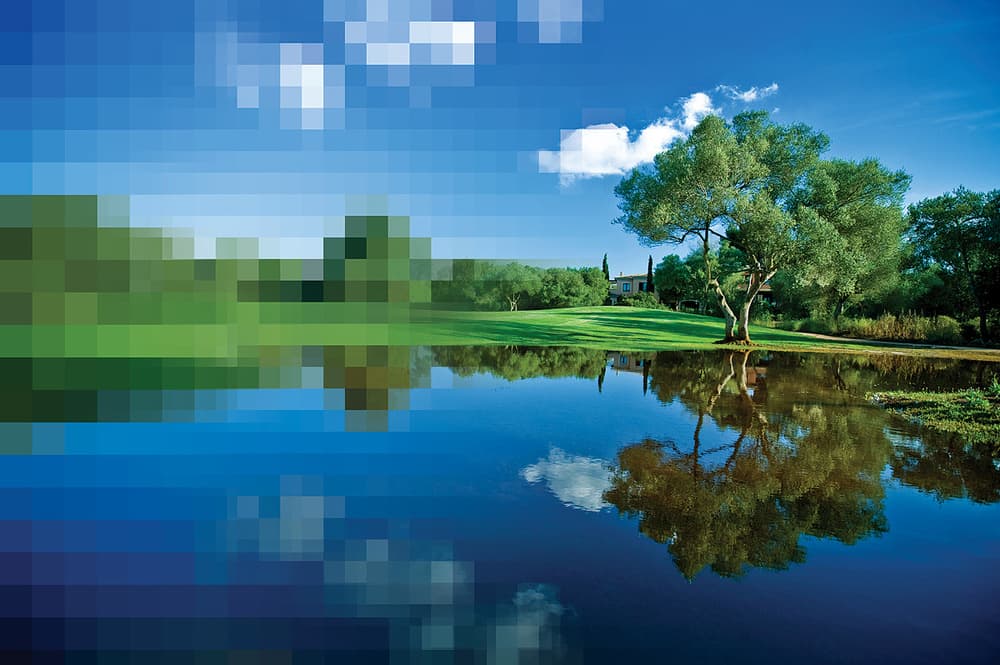 |
NYCU - Fall 2023 (Instructor) |
 |
NYCU - Spring 2023 (Instructor) |
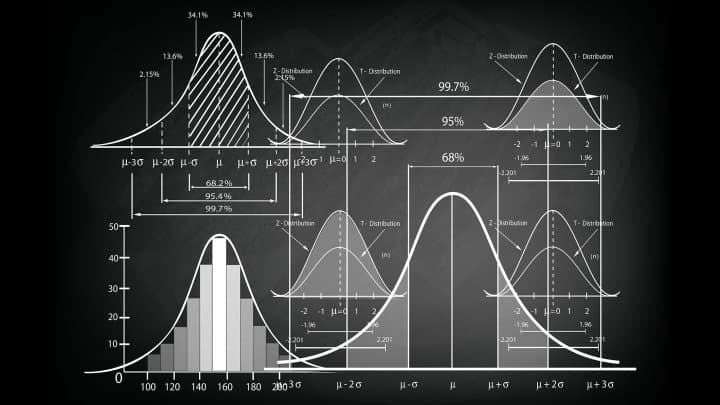 |
NCTU - Spring 2013 (Teaching Assistant) |
|
My research is made possible by the generous support of the following organizations.
|
|
Stolen from Jon Barron's website.
|
.svg.png)

